
A Sinking Boat
After a few weeks of waiting for the weather to be a bit kinder, we decided we had a good enough window on the 12/11/18 to leave Toulon and go towards the Balearic Islands which are close to the Spanish coast.
Over the last few weeks, the weather has been horrible, we experienced over 40kts of wind in our fairly protected anchorage.
One night, we even rescued a beautiful wooden yacht which had broken her mooring lines and ended up laid on its side on the rocks right behind us.
We first tried to pull him out with our dinghy but it was well stuck on a pointy rock that pierced the hull and prevented the boat from being shifted sideways. It was now taking on water, the owner was devastated and was helplessly watching his precious boat pounding the rocks wave after wave.
As our dinghy wasn’t powerful enough to pull him out, we then joined a few lines, attached them as high as we could on the mast of the stranded vessel and took the other side of the lines to our boat which was 100m away. We have a solid mooring and were confident it was strong enough to handle the additional load. Needless to say that all this happened with 30kts + of wind, pitch black night and of course it was cold and raining.
Once the lines were onboard our boat, we used our powerful winches to pull him out of what looked like a slow death for her, it started floating but was still taking on water, luckily not too much as the holes were just above the waterline.
We escorted her inside the harbour where she was tied up for the rest of the night with her owner bailing up the bilges and trying to dry up as much as he could.
The next day the boat was hauled out and put on a hardstand to get repaired.
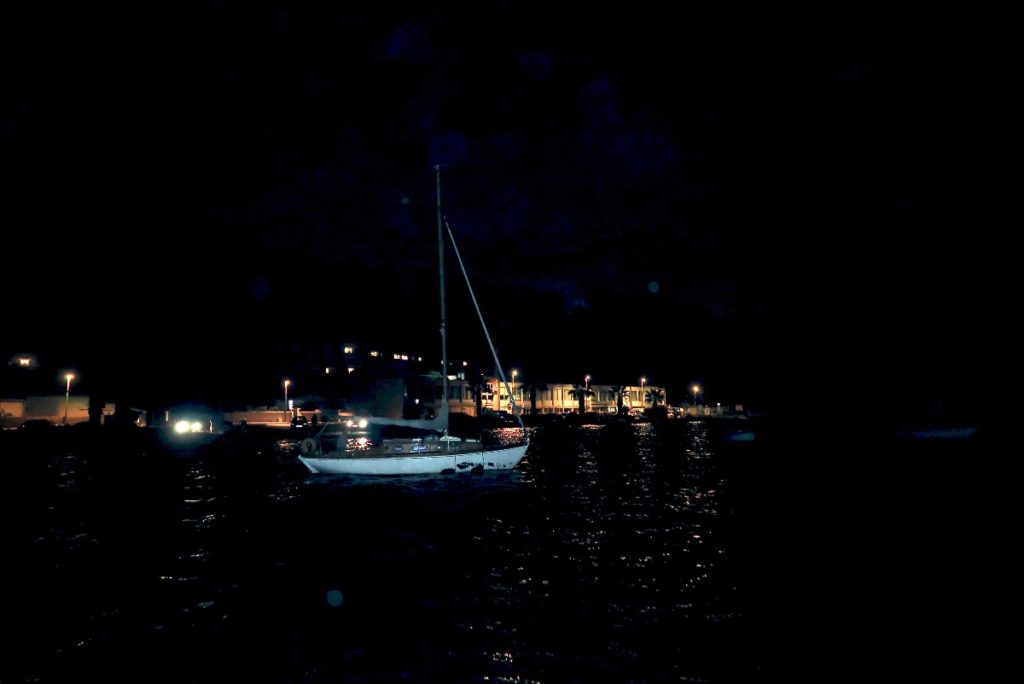
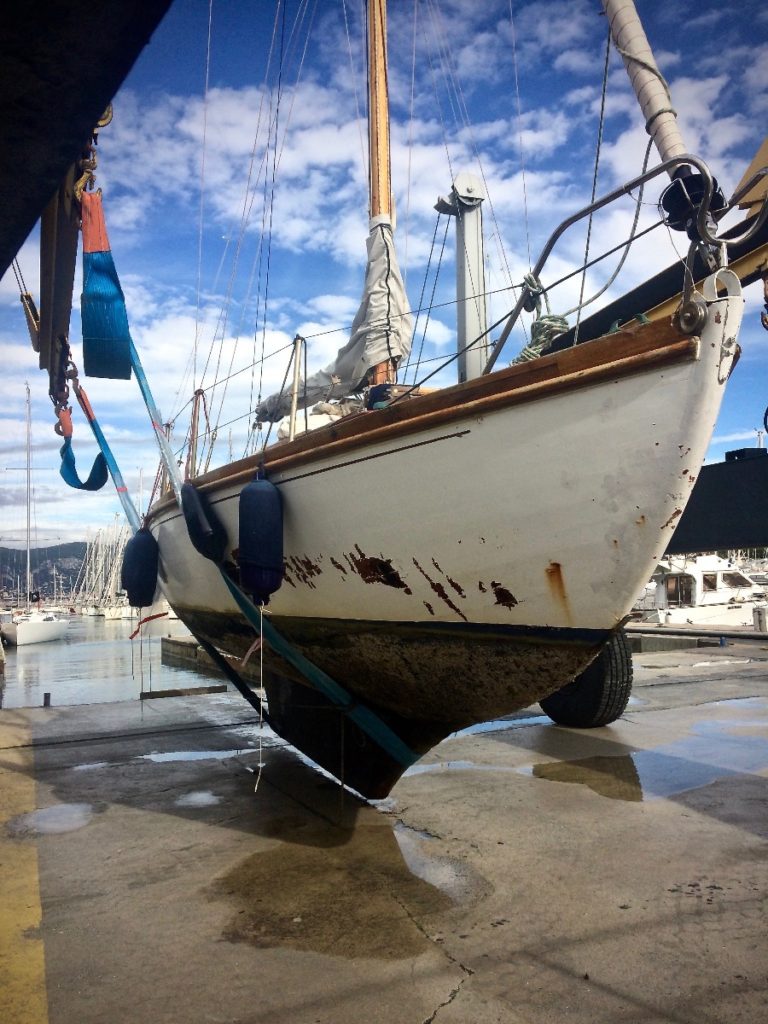
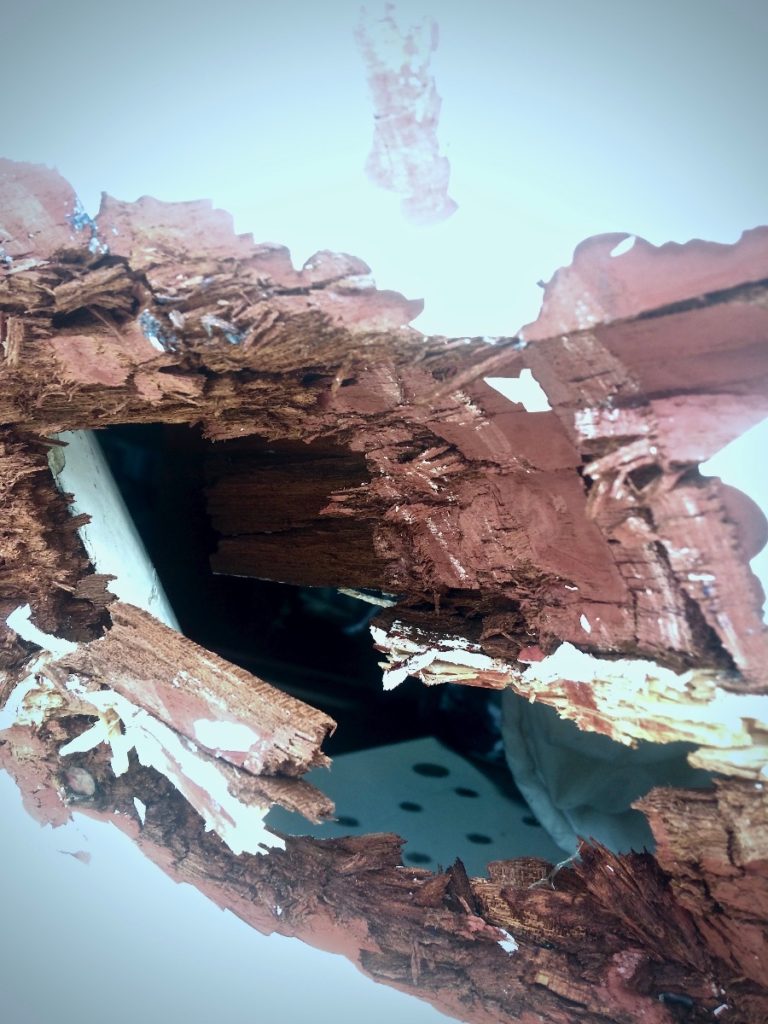
You might wonder why we use “she” when talking about a boat?
Well, somebody told us one day you can call “she” anything that can give you trouble, boats being one of them.
Let’s Go
| We expected that it would be hard for the kids to say good bye to the friends they made here. They were so excited about this new adventure that they said goodbye to their best friends without being too emotional about it, they promised to send each other postcards and hope they will see each other again at some point. |
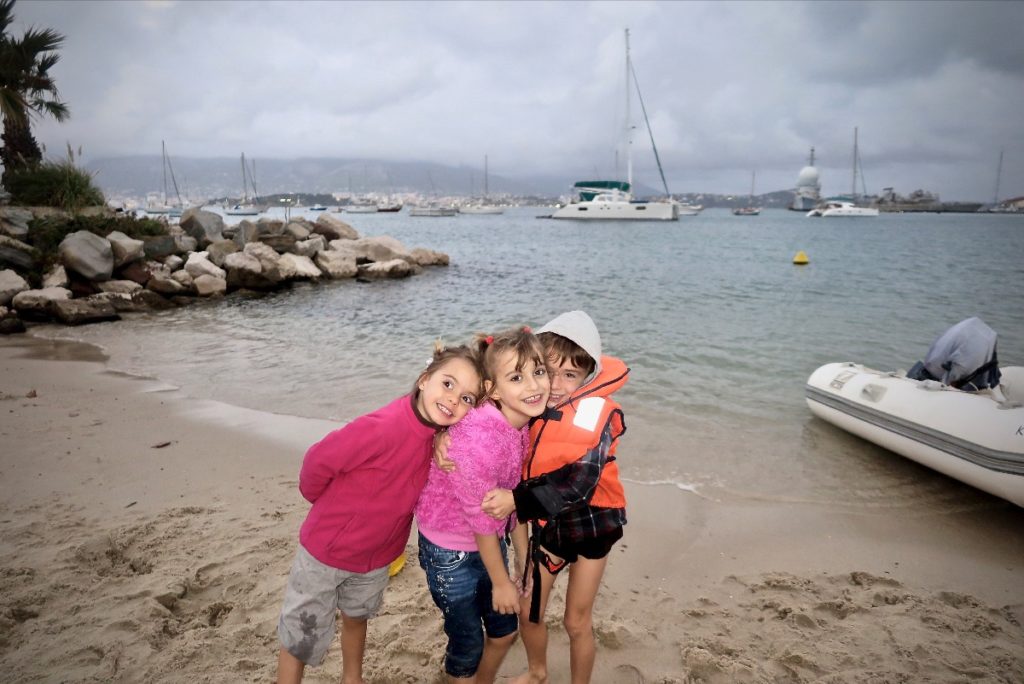
The winds have been blowing in all directions and quite strongly recently, the seas were crossed and confused but we decided to leave anyway as it looked like it was going to turn worse in a few days and no signs of improvement in the near future.
We have between 25 and 30kts of apparent wind, we’re beating into a messed up sea, Sophie spews overboard within the first 10 minutes of our passage, Charly is ecstatic and Amelia is half asleep in the cockpit. I’m just happy to be sailing, trimming our double reefed main and reefed Genoa for speed.
We reached 9,5kts of ground speed in this 1.5 to 2m seas.
Later that night the wind slightly shifted and we were on a beam reach all the way to Puerto Soller which we reached after 30hours of sailing, we anchored there to have a break for a few hours.
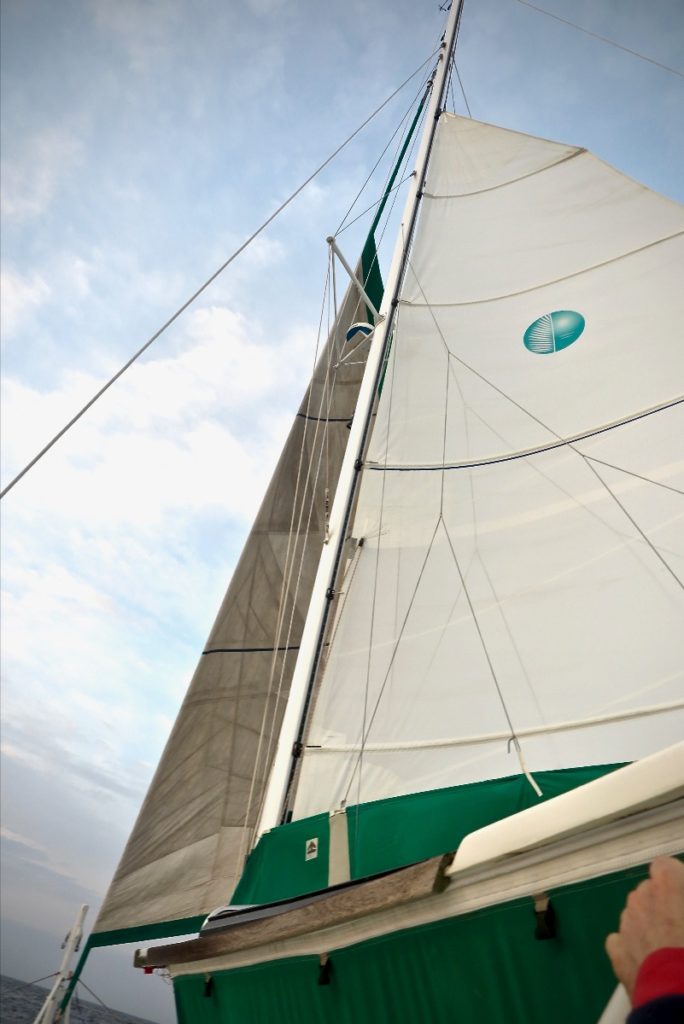
We wished we could have stayed for the night as Sophie had been crook most of the way but the forecast was showing a 180degrees wind direction change between Spain and Marocco soon which means we would have had the wind on our nose instead of behind us which makes a huge difference in comfort.
Off we went again into the darkness, aiming for Gibraltar, trusting our charts, radar and AIS.
The AIS
| What is this AIS thingy you keep talking about? It’s fairly simple, A.I.S stands for Automatic Identification System, basically it’s an electronic device that broadcasts the type of boat, nationality, destination, size, name, position, course and speed of the vessels equipped with this system. All big boats have it but it’s not mandatory for small boats (like us) to be equipped with AIS. Some owners choose to purchase the cheaper version which are “receive only”, they can see everyone but nobody can see them. We have the transponder type which broadcasts all our live info within 20 nautical miles around us so others can see who we are, what we are doing and where we are going. This is also what Marine traffic and Vesselfinder apps use to track ships position. It’s predominantly used to avoid collisions at sea. It works very well, there are alarm you can set etc… As we are a sailing boat we have the “right of way” over most motorised vessels in the open sea, different story in a marked channel, harbour or shallow waters though. Fishing or working vessels also have the “right of way” over sailing yachts in all conditions so it’s good to see the type of boat you are dealing with on a screen, especially at night. We regularly make radio calls (VHF) to a specific boat as we know their names via this device and ask them their intentions, then agree who needs to manoeuvre to avoid scratching each others paint, in the case of a 300m containership the damages probably wouldn’t buff out on our catamaran. How surprised were we when we saw that most of these big boats were adjusting their course or speed without any request on our behalf, here is an example of a 316m cruise ship (MSC Meraviglia) that went out of his way to avoid our 14m floating piece of fibreglass. |

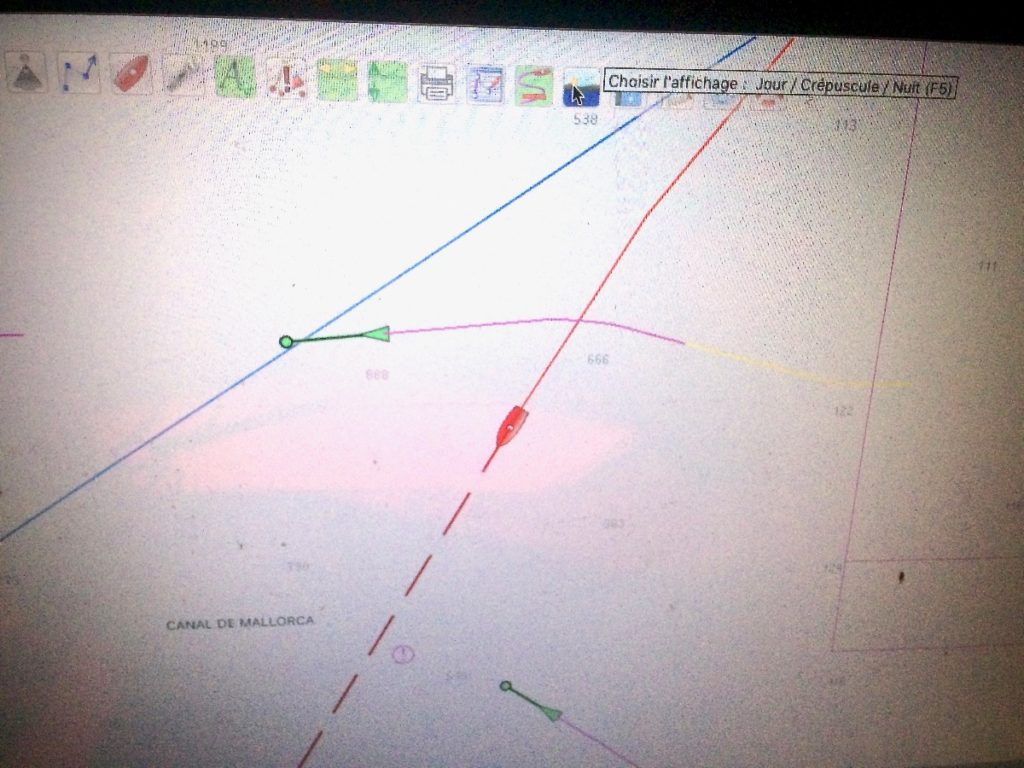
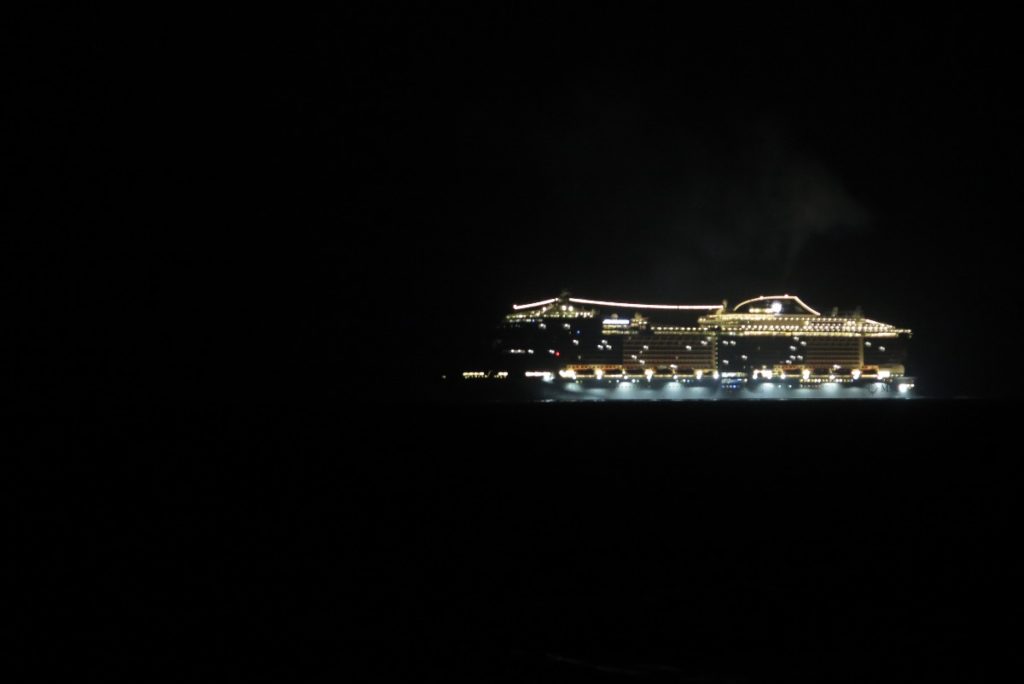
| We usually call most ships within 5 nautical miles of our position and thanked them for altering their course or speed and kindly requested the ones who didn’t seem to be getting out of the way to do so which always well received by the crew on watch aboard these giants of the seas. The only downside is that one could become complacent and not maintain a constant visual watch, a lot of small boats don’t have it, including fishing vessels who sometimes go around in circles and drift along to recover their nets which makes it difficult to estimate which way they will go, especially at night. Looking at a handful of green, white and red dots can be very confusing and hard to follow at times. |
The Radar
| Many years ago the radar was the only electronic way to avoid collisions at sea, it actually was not that long ago as the AIS was only invented in the 1990’s and became popular and mandatory on commercial ships in early 2000’s Radar works pretty much like an echo depth sounder, it sends out a narrow beam of microwaves through a rotating antenna. When an obstacle is present, the microwaves bounce back of it and the radar displays it on a black and white screen (new ones are colour but it’s not that modern on Kapa Rico). From the position and size of the echo and with a bit of experience you can work out the distance from your boat and even direction as the echo moves on the screen each time the radar refreshes the screen. It doesn’t tell you the name, type of boat etc but it’s a great backup and confirms the AIS targets. It also shows land and rain which comes with most of the squalls, during the day we can see them from a distance (dark low clouds) but at night we haven’t got a clue. We find that radar complements the AIS well and they are both a great help to navigate safely. |
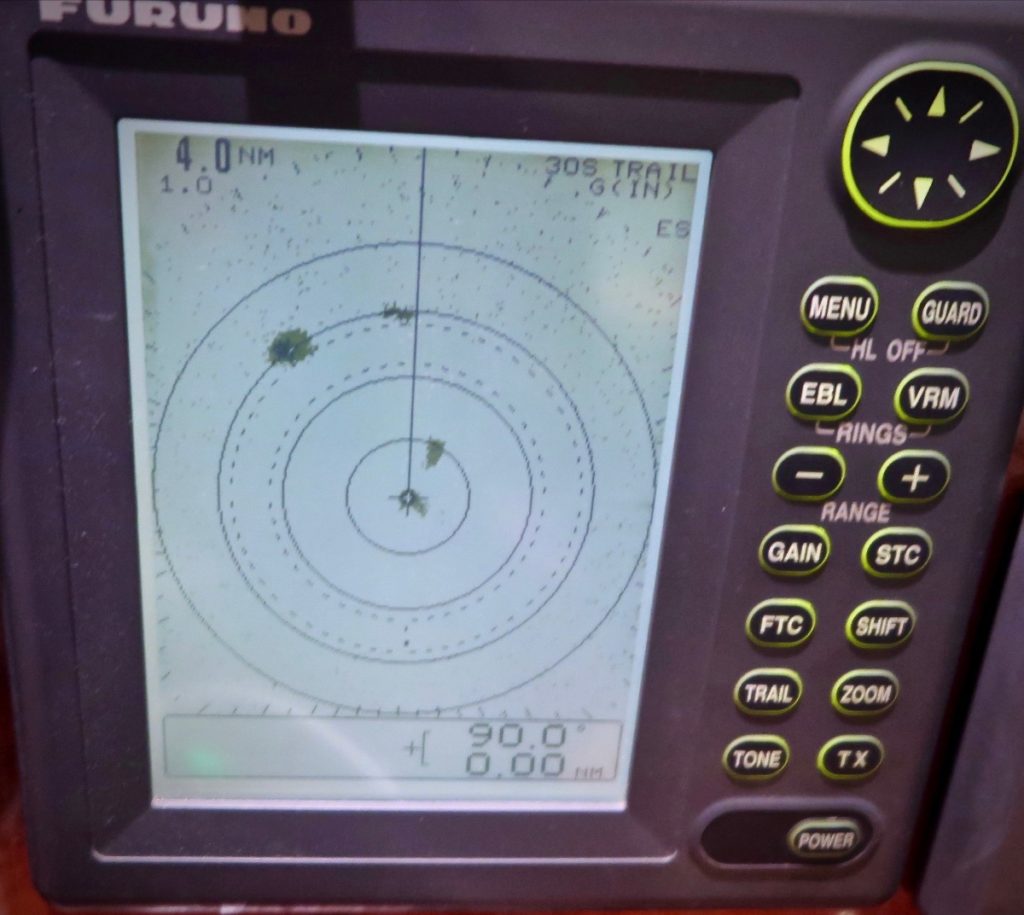
Arriving in Gibraltar
| The forecast was correct, the wind was pushing us nicely and we did most of the passage under our beautiful spinnaker and reached 13,5kts at one point! Flying along! But we also had some low wind periods which was very enjoyable to have rest but obviously, our speed dropped. We had to take the spinnaker down a couple of times as we could see some squalls over in a distance. The last thing you want with a spinnaker is to hit a squall as the winds are generally stronger but we can also experience severe wind shifts which may wrap the sail around the forestay (the cable that connects the mast to the front of the boat this keeping it upright). If the spinnaker gets wrapped around the forestay or any part of the mast/rigging most times the only way to untangle it is with a knife… not cool! We are very cautious (sometimes over-cautious) about how much sails we have out and very often reduced our sail area by taking reefs well before we need to. Someone told us one day that if you think you should take a reef you should have done it a long time ago so just do it. We arrived in Gibraltar safely with a pod of dolphins playing in the bows. We like to think they were welcoming us and lead the way to a safe place. We anchored at 11 pm on the 17/11, 720nautical miles passage from Toulon in 120hours which makes an average just over 6kts which we think is quite good considering the conditions we had overall. Sophie was seasick almost every day but she was getting much better towards the end so we are hopeful that she will get used to the motions of the boat and it won’t be like that all the time…I really hope her seasickness will improve or disappear in the future as it is not easy to manage the boat, weather, meals, the kids and pick up most of her watches as she doesn’t feel well. But that’s how it is for now so we just need to deal with it and keep moving. |
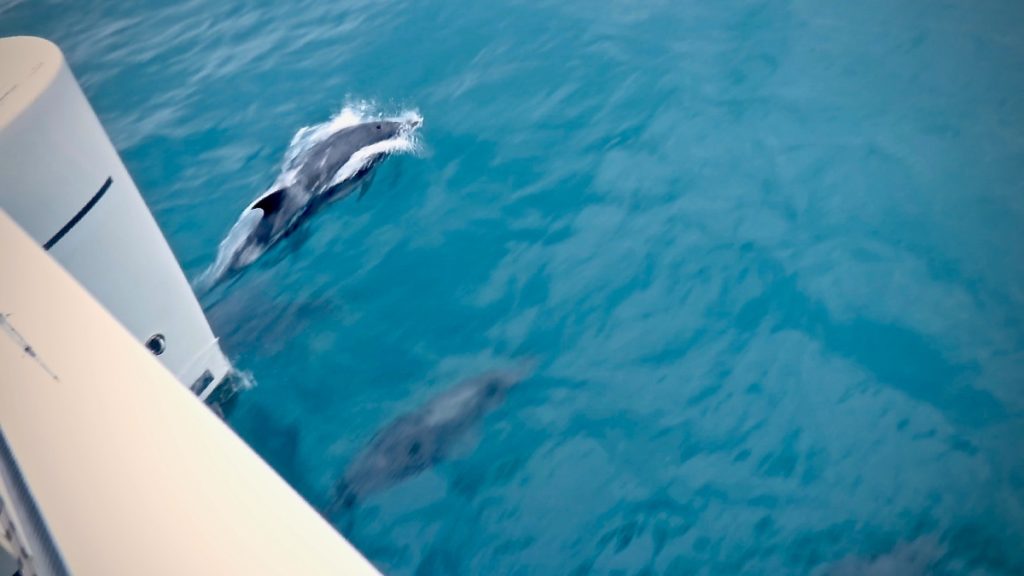
Gibraltar
| The next day after our arrival the weather turned bad, fairly strong winds from the West which makes feel good about our decision to leave Toulon when we did and also that we didn’t spend too much time in Puerto Soller although we would have loved to step on the island and have a look around. We can’t have it all and the weather really dictates a lot what we can and can’t do. Gibraltar is tiny, it’s only 6,2km2 and has a 1.2km border with Spain. It is a British territory, this was confirmed by the crap weather, rain, fog and mist during our entire stay of 5 days! We were anchored in La Linea de la Concepcion (Spanish side) and crossed the border on foot a few times to visit Gibraltar but every time we went there it pissed down rain and we couldn’t go up the rock to see the view and the monkeys that live on it. The coolest thing there is that right after crossing the border you need to walk (or drive) across the runway of the international airport! They close the gates when a plane is landing or taking off and re-open them right after it. It’s quite a unique experience and the kids loved it. |
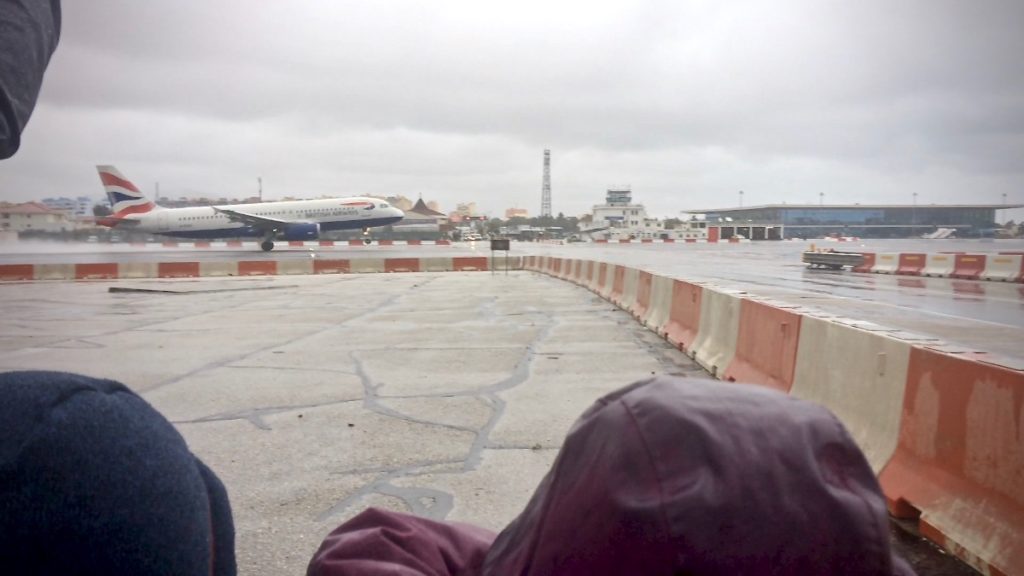
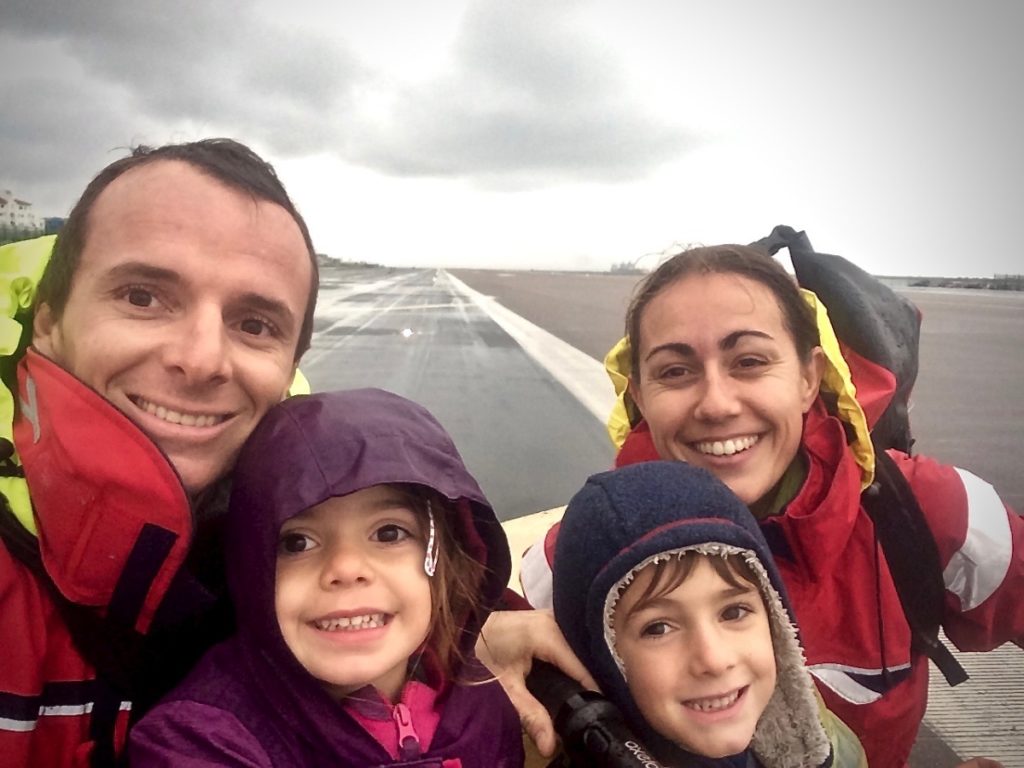
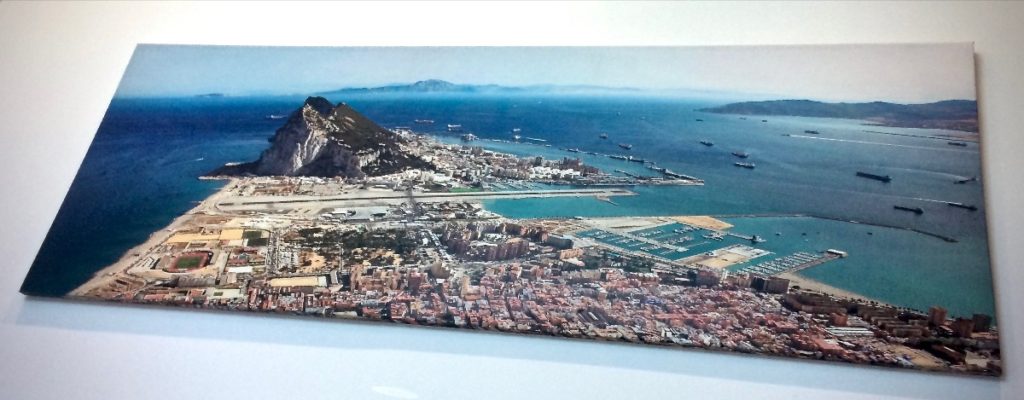
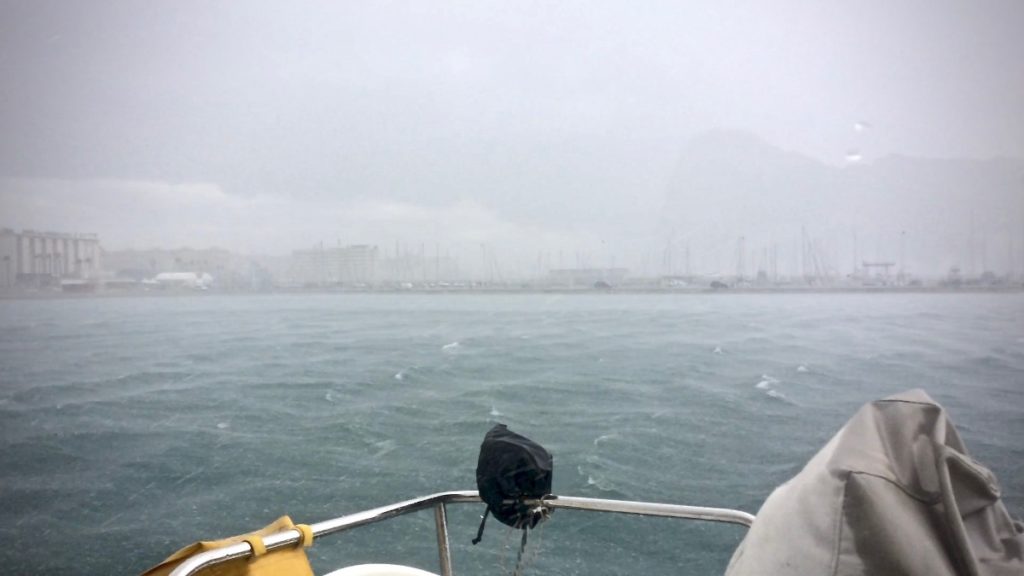
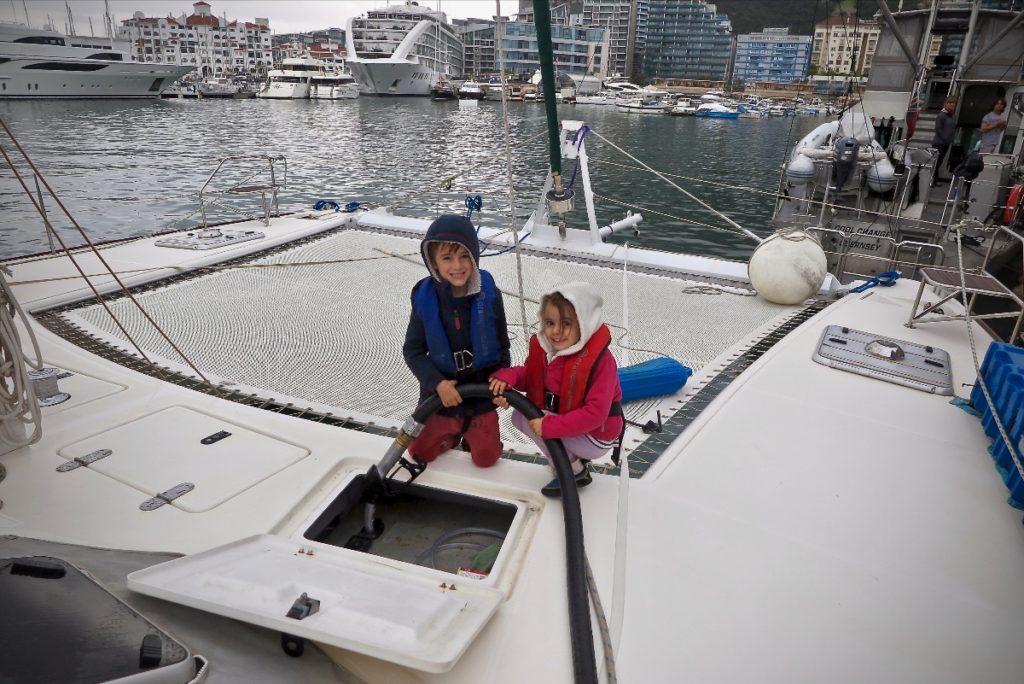
Going to the Canaries
| We didn’t stay in Gibraltar for the view but we patiently waited for a weather window to leave again, this time the destination was the Canaries Islands. We were looking forward to a little bit of sunshine, warmer weather and visiting these islands we heard so much about. We left on the 22nd of November and our first task was to cross the very very very busy Gibraltar straight. As this is a shipping channel, the fact that we are a sailboat doesn’t matter at all, we need to avoid these giants coming from both ways and they go much faster than us! it’s a bit like crossing a busy highway, pick your right time and go for it! All went well except we didn’t time the tides as well as we thought and the current was ripping from the direction we wanted to go to. Luckily the wind was from behind and our trusty Spinnaker pushed us along against the 2.5kts current close to the Moroccan coast, and again playful dolphins showed us the way again. |
That night, at 1 am we came across a fishing vessel without AIS nor lights onboard, we only saw it on the radar when he was 100m right in front of us, made an emergency manoeuver to avoid him and potentially his nets. We blinded him with our powerful hand torch and he acknowledged us by flicking his cockpit lights on and of a couple of times then carried on his journey into the darkness incognito. Was he really a fishing boat or did he have a few dozens of migrants hidden inside? we will never know.
It’s known to be the “good season” to go to the Canaries and Cross the Atlantic, as such, we caught up with a few other sailboats who were doing the similar route to us. We attempted to get in radio contact with most of them and had some interesting chats with a few of them, exchanging stories about each other background, current and future projects.
Oh I forgot to mention that Sophie was seasick again, she spent most of her days and nights laid down in the cockpit, trying to get some sleep or just resting and getting up a few times a day to talk to her friend PROFIX.

It was all fine and comfortable until the wind changed and came directly from the Canaries islands, exactly where we want to go. The wind and waves picked up and we started to zig-zag our way into it without making much progress compared to the previous day. Must say that we had a triple reefed main and not much headsail as we had over 32kts of apparent wind, gusted up to 38kts and the boat was pounding into large waves, we were still going over 7kts but not on the rhumb line so our VMG (will explain this another time) was terrible. We were surprised to see a few dolphins joining us and following into the wind and waves for hours!
At that time we were still in radio contact with another boat, a 51ft trimaran called “Carry On” and after 6 hours of beating into this far from pleasant conditions, they decided to turn around and seek shelter into a Moroccan port.
We carried on, excuse the pun, and after 24hours of rodeo with the beat squeaking from every possible place, the wind started to die down and turned slightly to our favour. Charly was always happy and full of beans during the whole time but Amelia was nowhere near as joyful and she spewed a couple of times too.
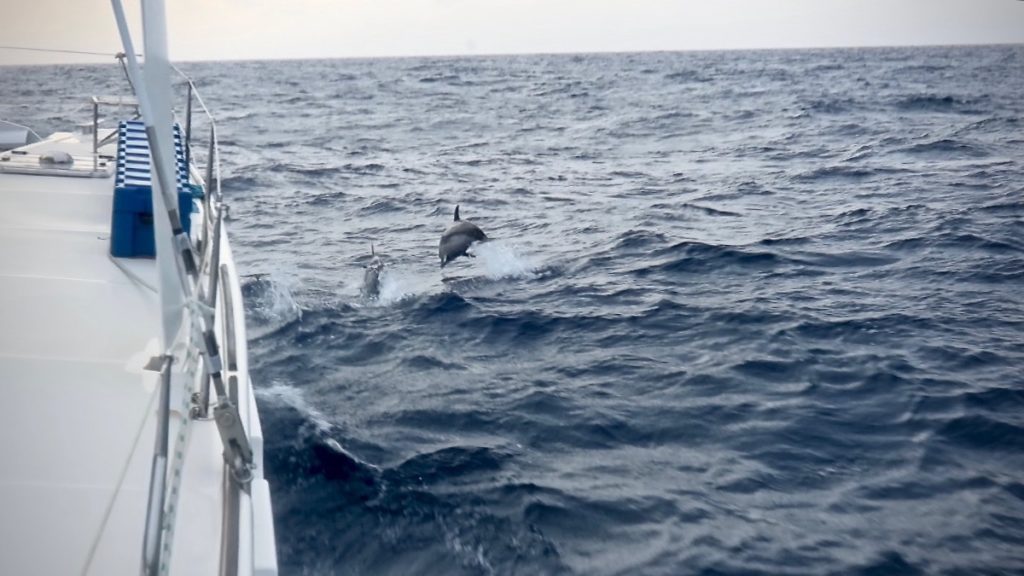
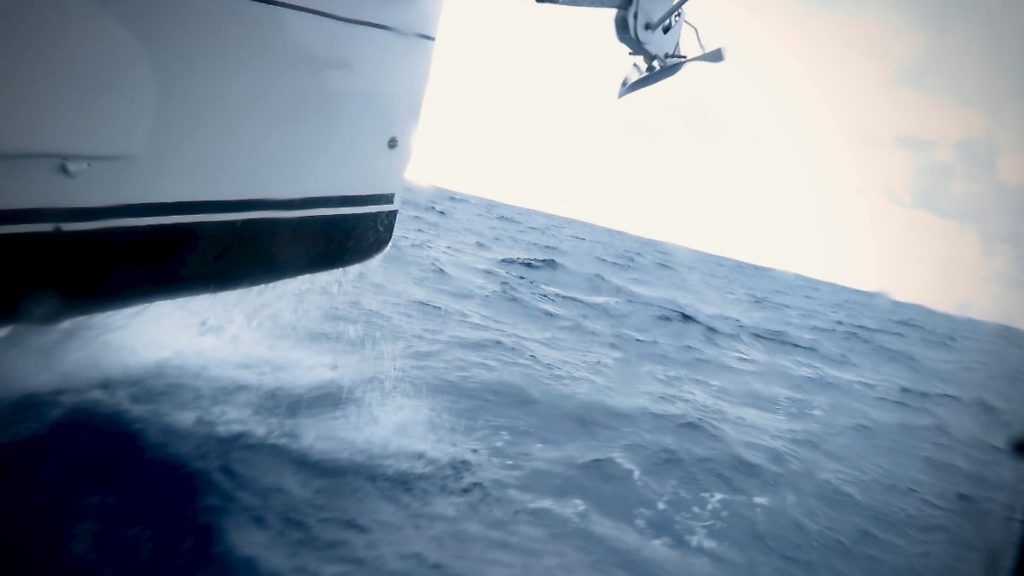
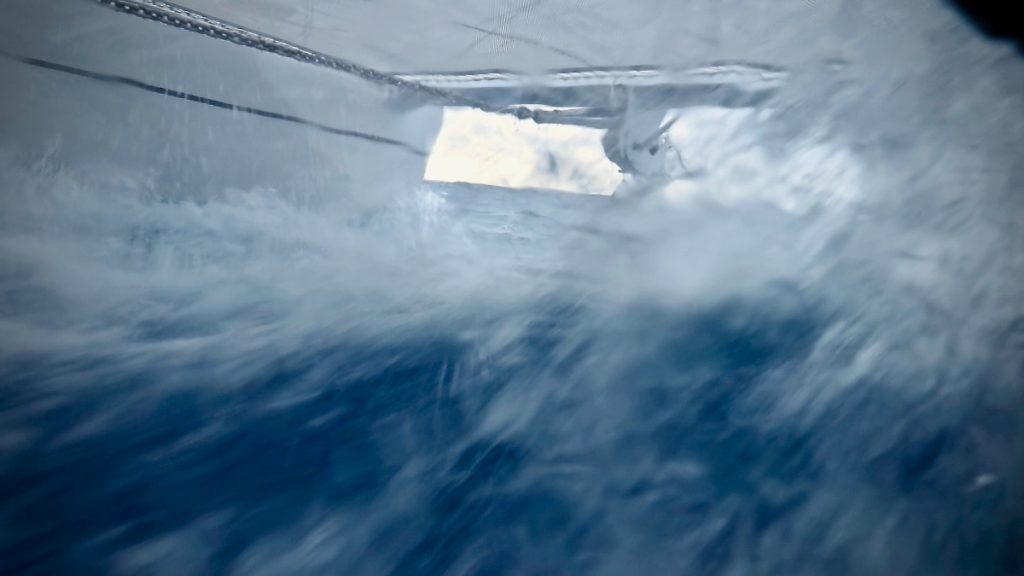
Another day Sophie tells me she can smell fuel, we look around and can’t find the source of the smell. We had fuelled up every available container with diesel or petrol in Gibraltar and stowed them away all in our anchor locker, the rope locker and in the bows. All these locations were fine and there was the last spot to check, the starboard engine room where I put another 25l container of unleaded petrol.
What a good idea that was…. NOT!
I put on my lifejacket, harness up and walk outside our safe cockpit to enter the said engine room. As I opened the hatch it stunk fuel and I had to wait a few minutes before I could enter the confined space. There was petrol all around the engine sump, about 5cm deep slushing back and forth with the movements of the boat. What a great way to de-grease the bilge, not that it needed it though.
The fuel drum fell from its shelf where I didn’t tie it up properly and smashed the water-maker filter into pieces on its race down to the bottom of the engine room and also broke the breather cap on the lid, hence the spillage. Luckily it wasn’t upside down, some of the fuel remained in the container.
Not only there was fuel everywhere but our water-maker was not usable for the time being. We always carry potable water in separate water containers and refill them with the water-maker when we only have one-third left so we constantly have a constant supply of drinking water. At that time they were all full so it was OK to wait until we arrived in the Canaries to fix it but we also could have made a temporary repair if required.
We dealt with the fuel, cleaned up everything and swore we will never store any flammables in the engine room again as there was some potential to end very badly.
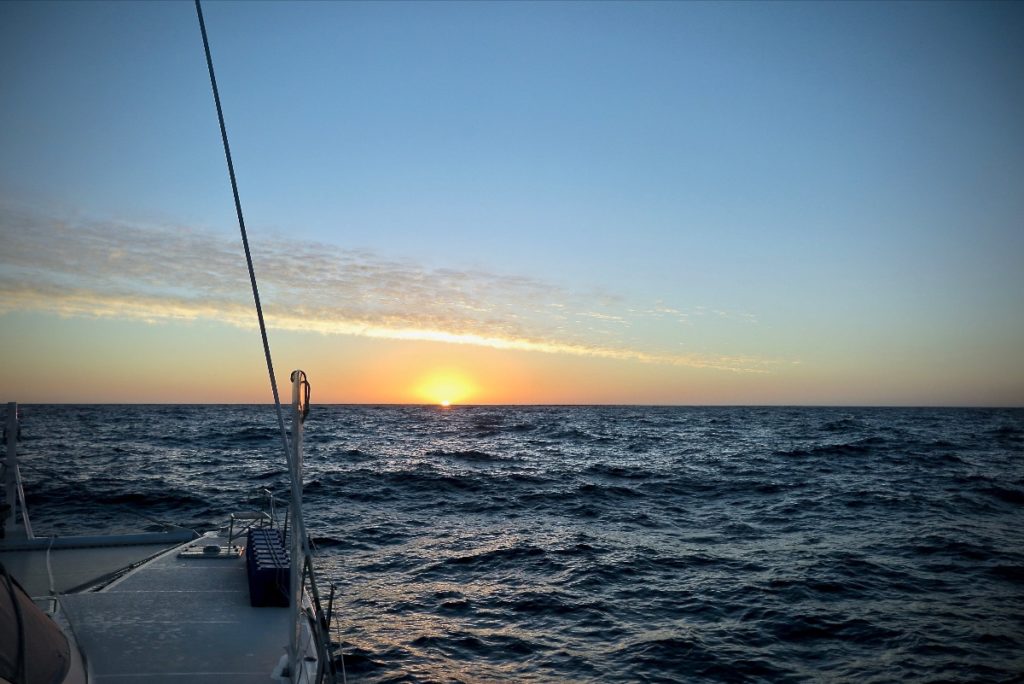
At one point the wind died completely and we had to motor for a few hours as the sails weren’t doing anything and flapped around.
When everything came back to normal, the wind shifted again 180 degrees, we hoisted the spinnaker again and continued our journey towards the Canaries islands. We feel like this was like a test to see if we were ready to go further.
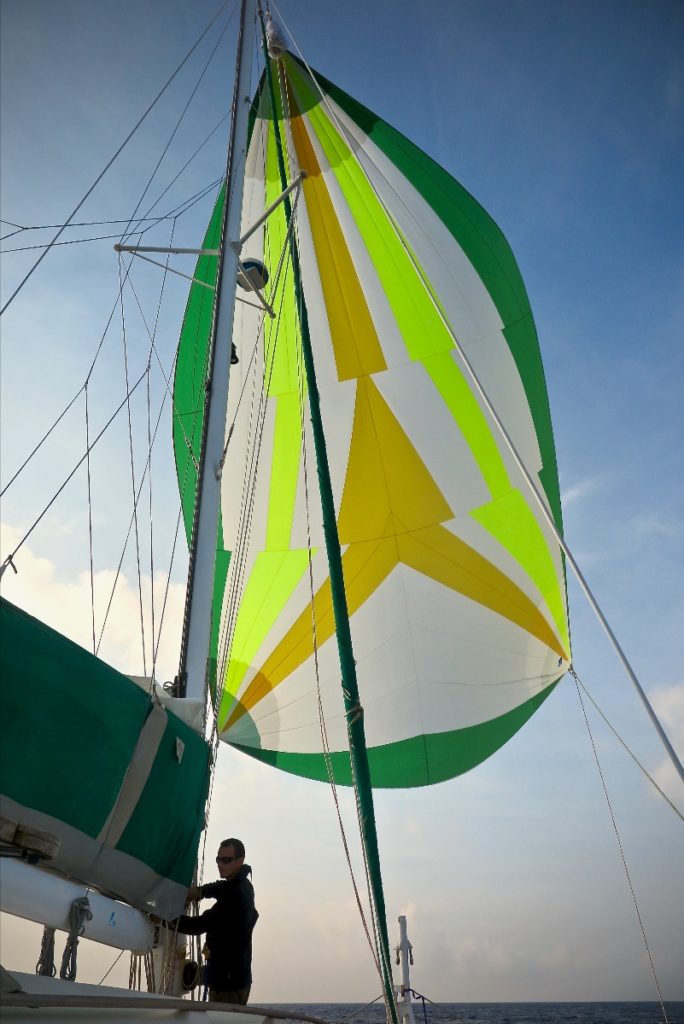
Night sails are the best, we like to just sit outside, listen to the sound of the waves, watching the milky way, the shooting stars and the bioluminescent plankton flashing around as the boat disturb then through the water and then a beautiful sunrise to top it of. These moments are quite difficult to capture on camera.
| When Sophie is fully functioning, we take turns for night watches, between 2 and 3 hours, depending on how we feel and how long we want to let the other one sleep. It was hard at the start but then we got used to it and got into a rhythm. The times when Sophie couldn’t do her night watches, I was resting in the cockpit with the AIS and Radar on watch mode, an alarm every 20 minutes prompted me to check the instruments, the sails and had a look around then back for a 20min snooze; we can only do this away from the coast when there is little traffic, when we are close to shore there is always somebody on the lookout 24/7 |
| Another day, another drama, one of the stainless steel eyes snapped on our dinghy. Our tender is hoisted and secured to the davits by two ropes, one at the front the other at the back. Each rope is attached to a stainless steel eye secured to the hull of the dinghy’s hull. If it breaks, the dinghy is no longer supported on one end and it falls in the water, again: not cool! |
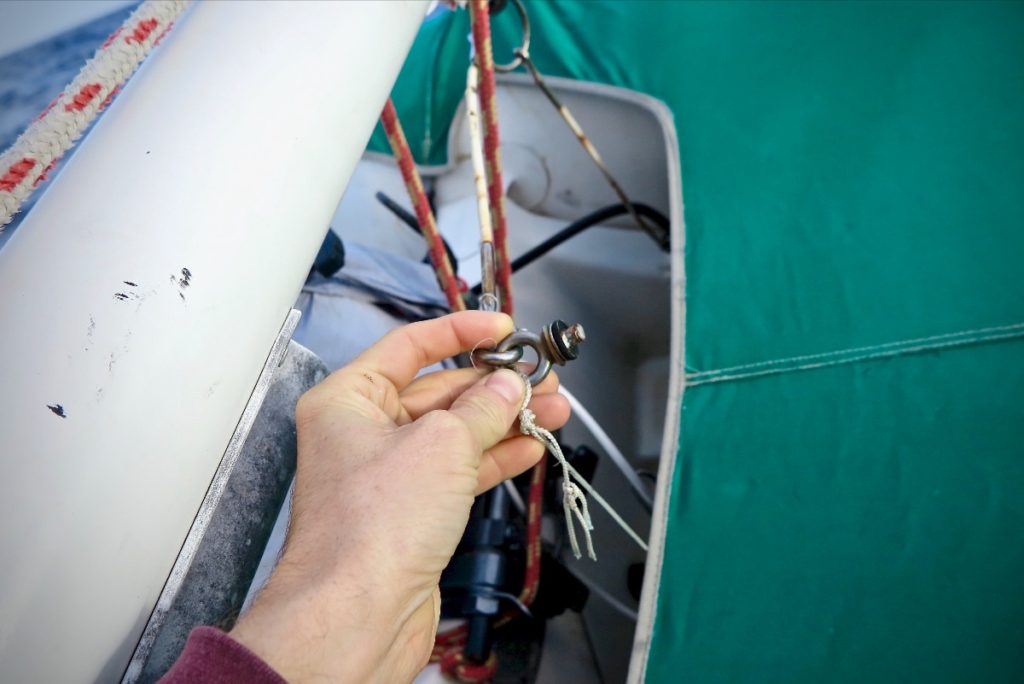
| Luckily we always secure it with a third rope on passage in case something happens to the main lifting points and we are glad we did, it would have been a different story trying to recover it in choppy waters in the middle of nowhere. |
| I always do a daily visual check of a lot of things on the boat and today I noticed the top of our long-range antenna looking a bit weird as if the joint was getting darker or bigger. This antenna is in 3 pieces screwed together and it’s 7 meters long so the chances were that it was getting loose. Let’s harness up, take the whole thing down and check it out. Yes, it was unscrewing itself and we were about to lose the top section. |
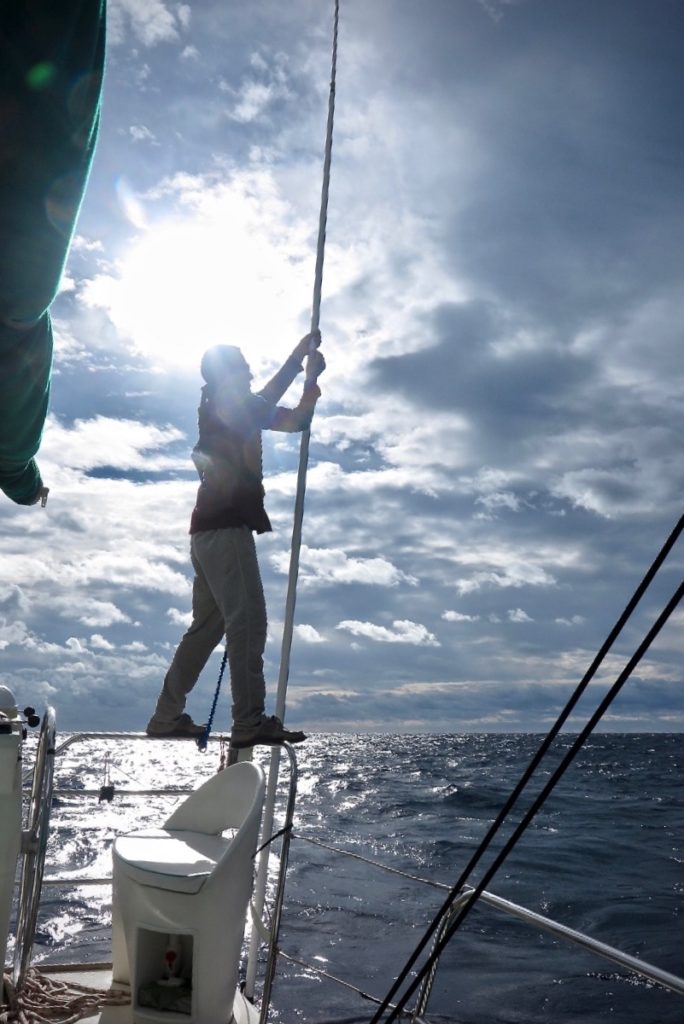
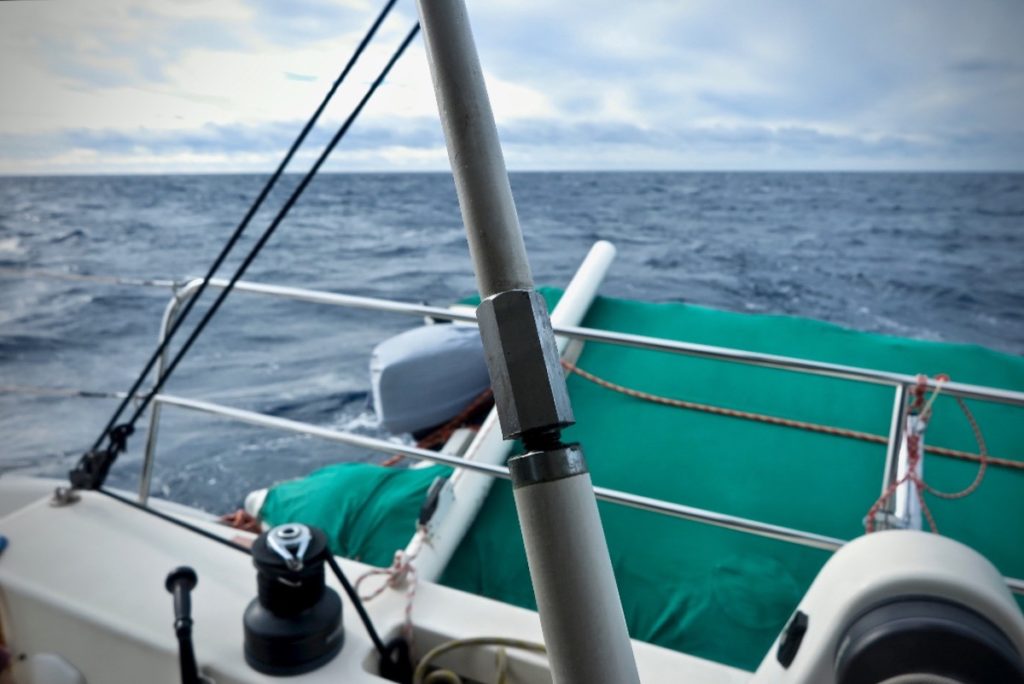
On passage Charly and Amelia keep themselves busy with puzzles, making cubby houses out of cushions, towels and sheets, play dress up games, make up other games with random toys or just look at books. We don’t do school at sea, mainly because mum/teacher is out of action most of the time but they still learn things about our environment, helping cooking, dolphins, birds, wind and waves, the moon and stars…

The Canaries Islands
| What a beautiful archipelago! Each of these volcanic islands is different and so unique in a lot of ways. We didn’t get to visit them all as some of them don’t have very sheltered anchorages and we would have been forced to go into a harbour which we try to stay away from due to cost and the lack of freedom tied up to a dock. It’s so much more fun when you can swim from the boat. |
| Here is a few pictures our highlights of the Canaries |
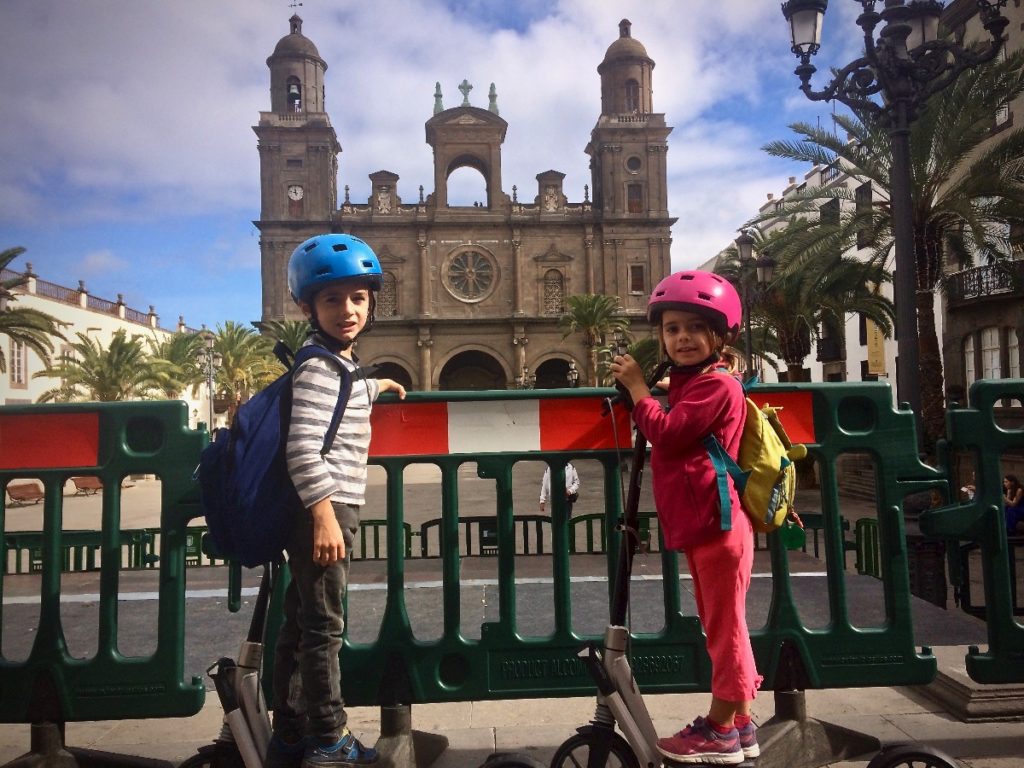

Amelia and Charly getting geared up to decorate their home for Christmas 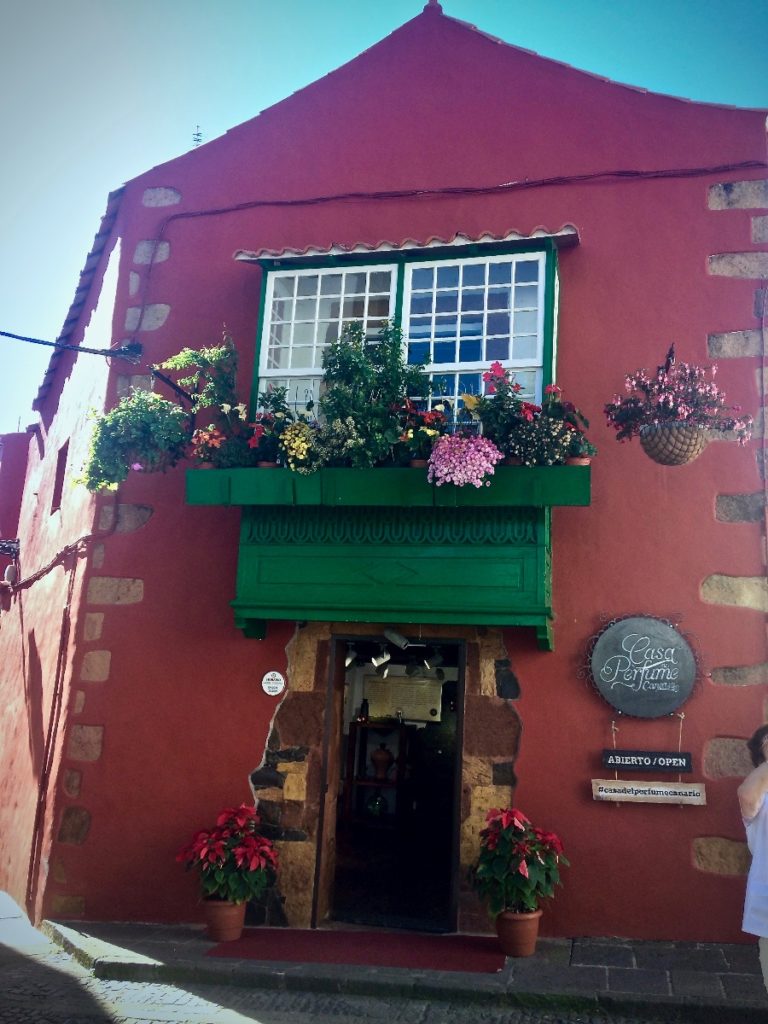
A very picturesque house in Tejada 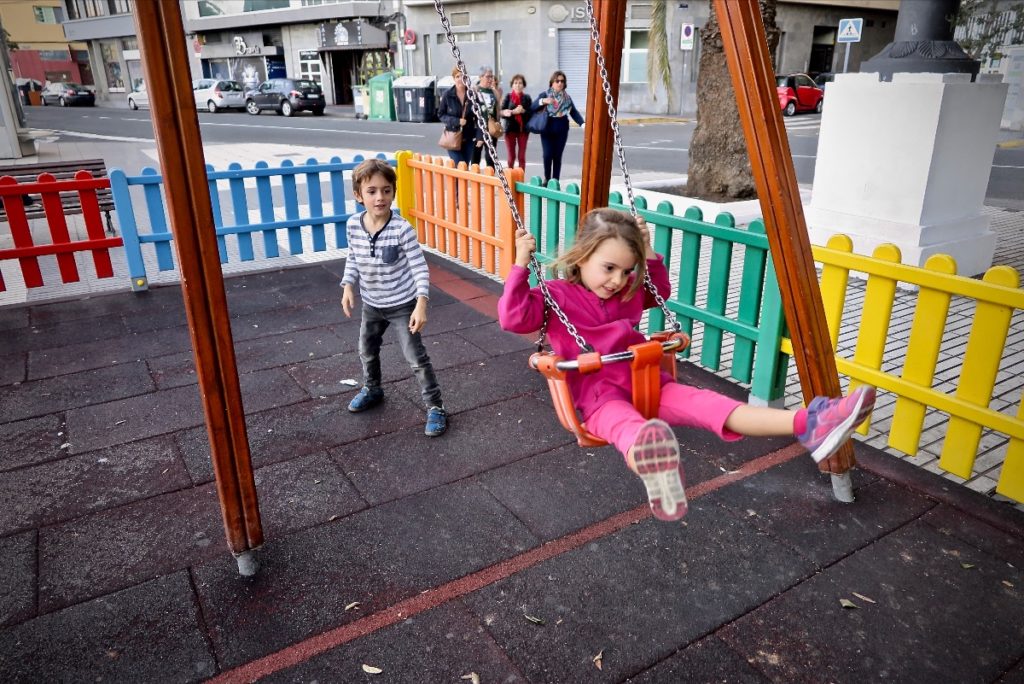
Having fun at various playgrounds 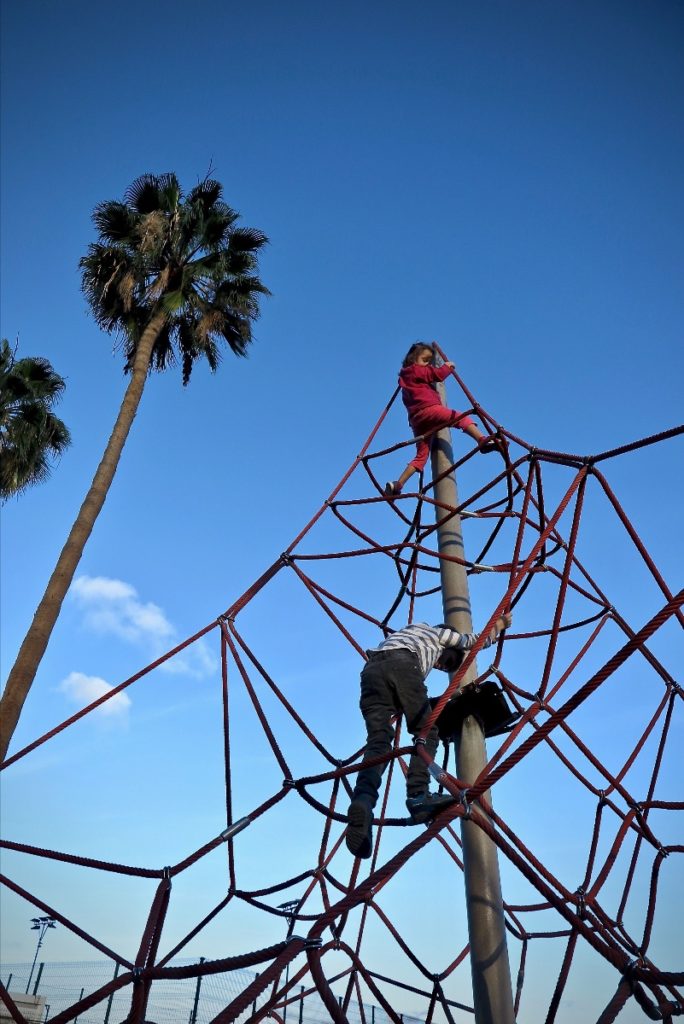
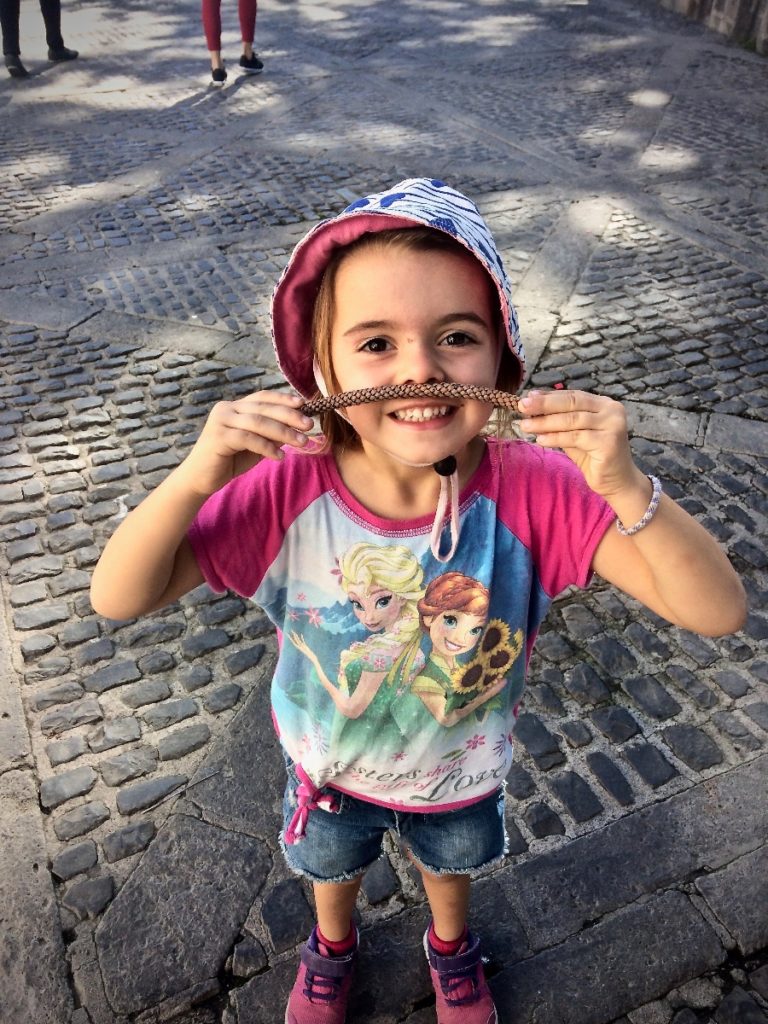
Having fun with little things 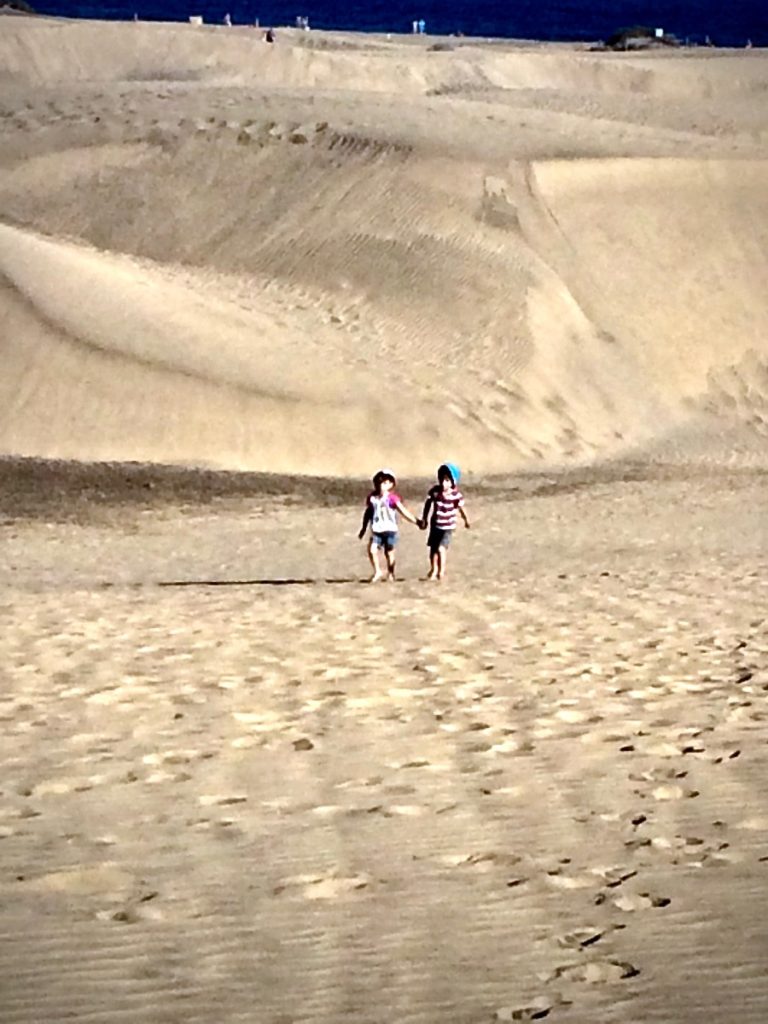
Running around in the dunes of Mas Palomas 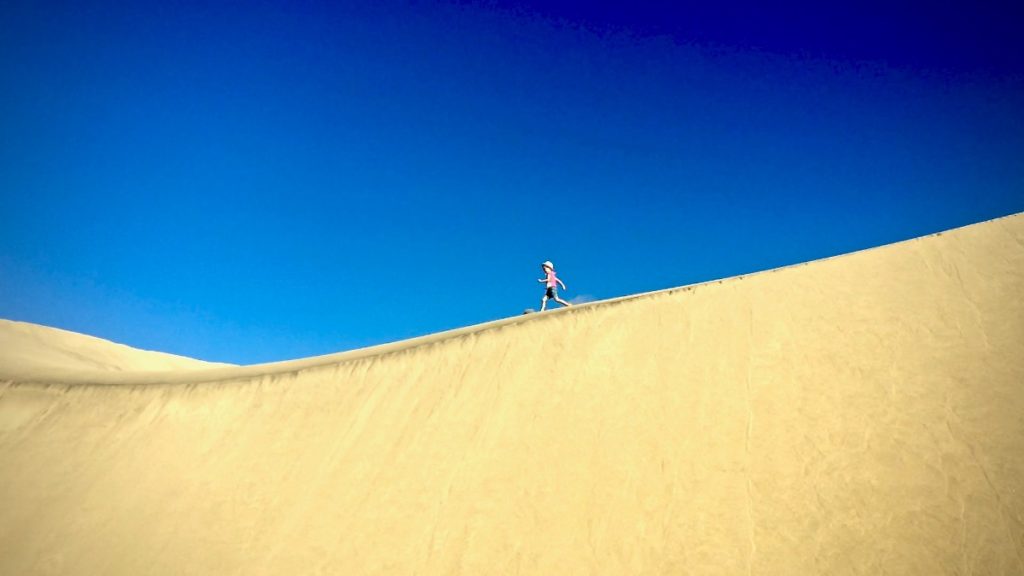
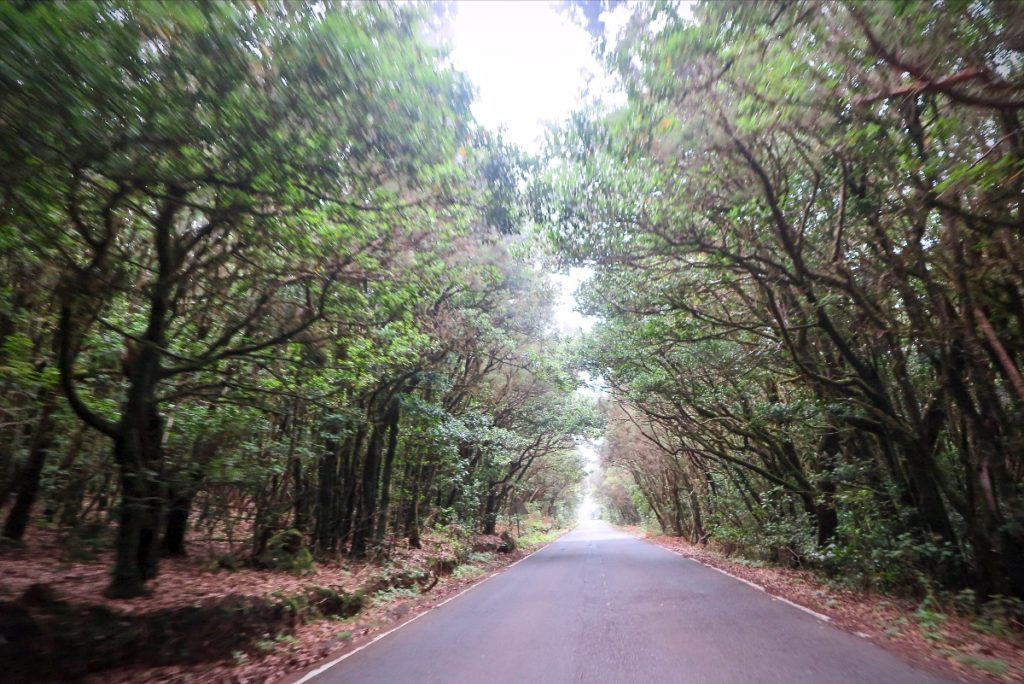
We hired a car and drove through a creepy forest with the clouds right above the trees in La Gomera Island 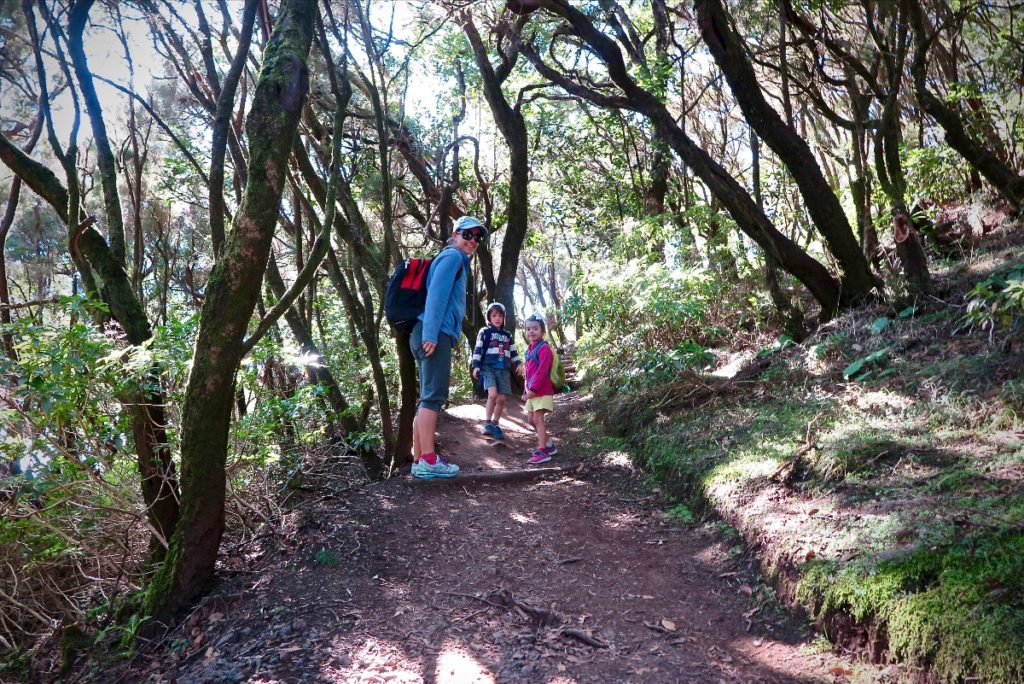
Lots of hikes through the dense forests 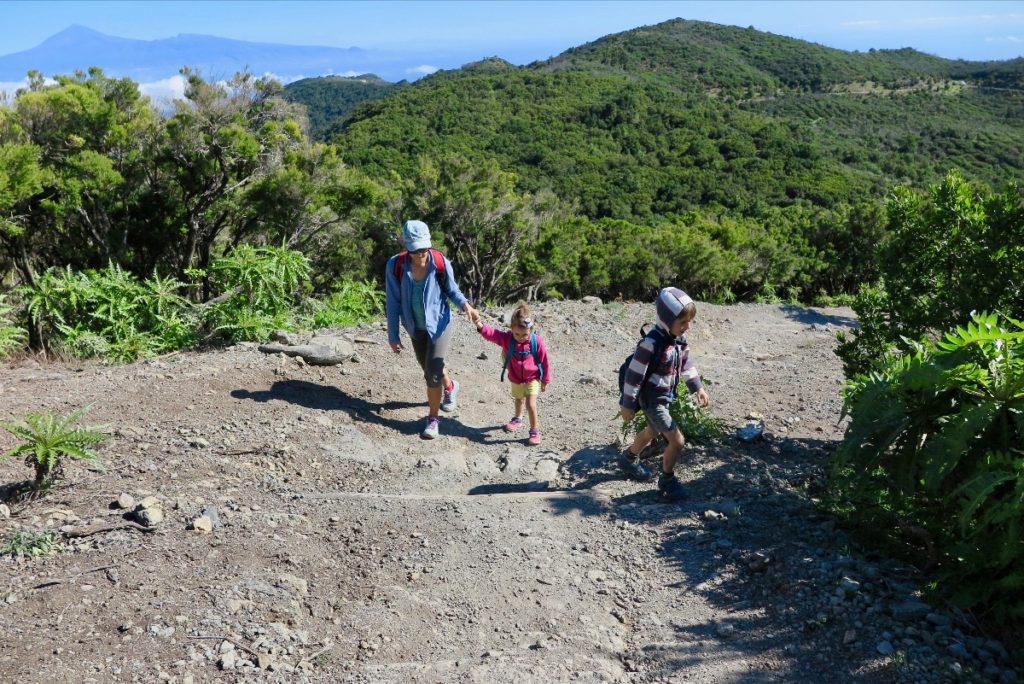
And up to the summit 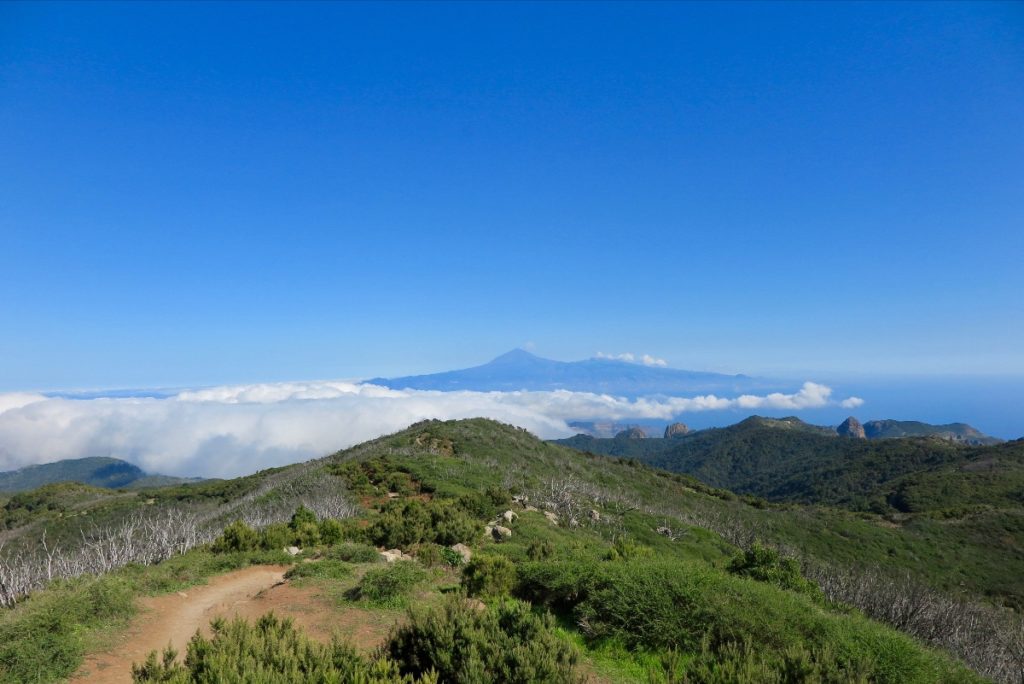
Blessed with an unforgettable view 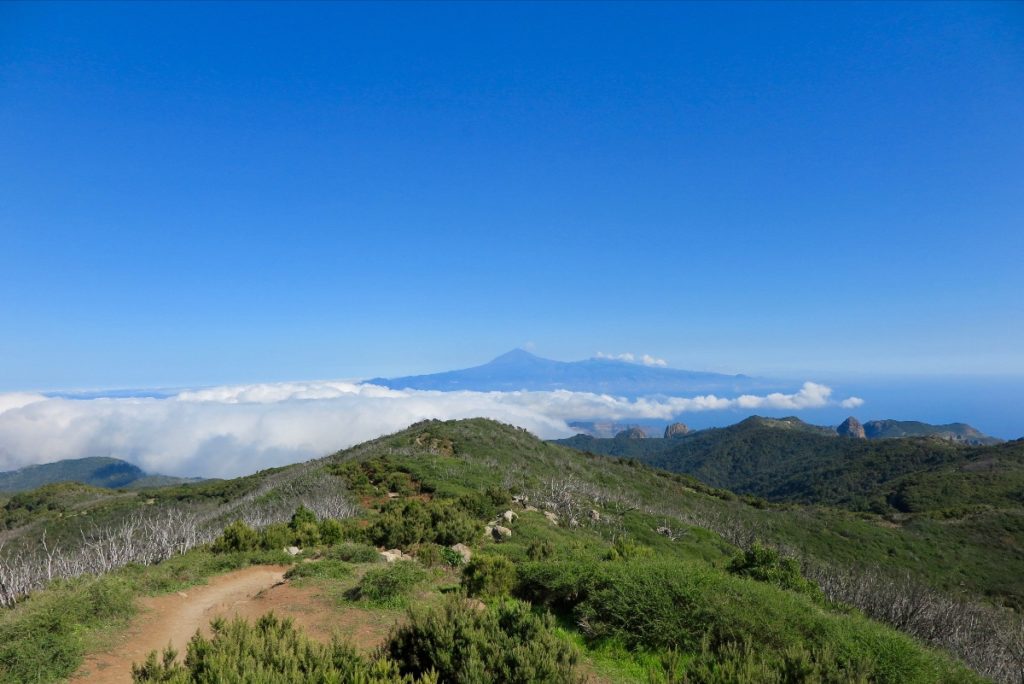
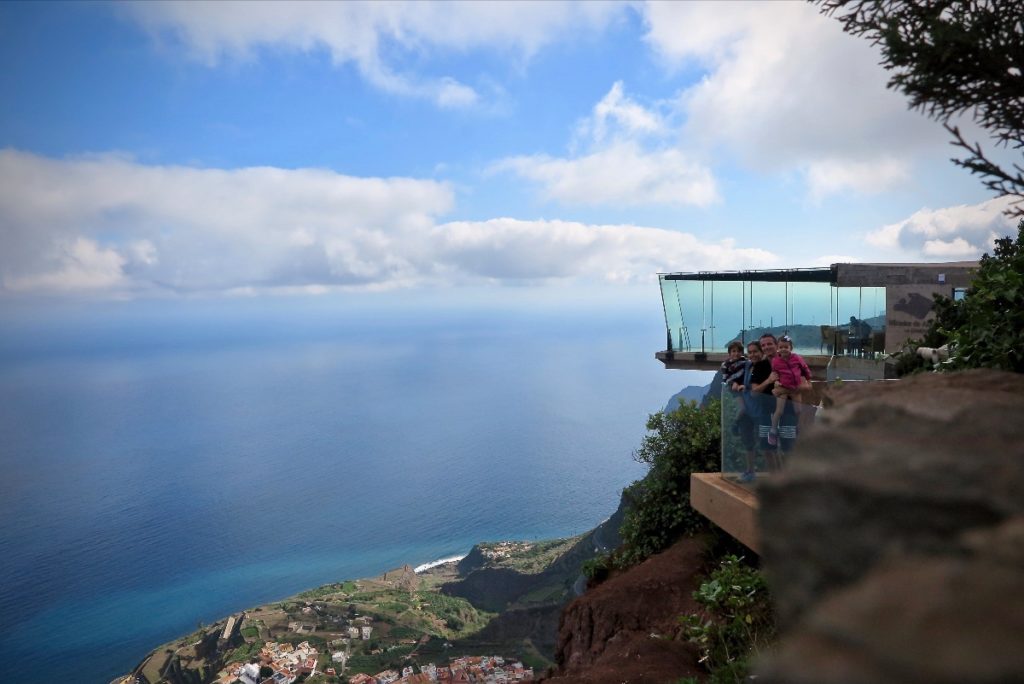
A spectular lookout, Mirador de Abrante: 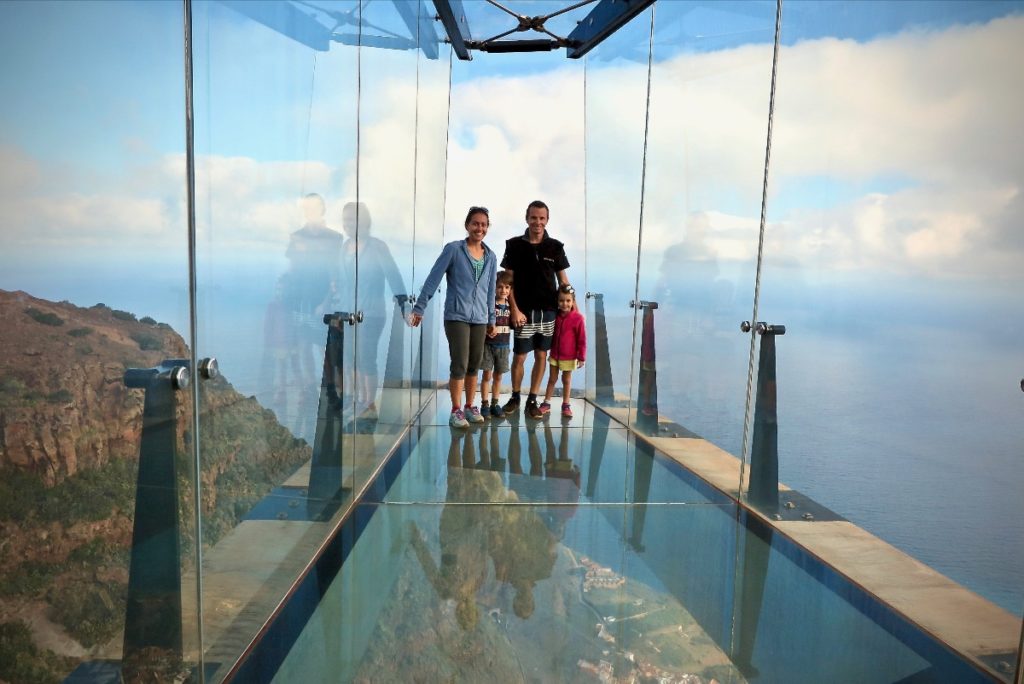
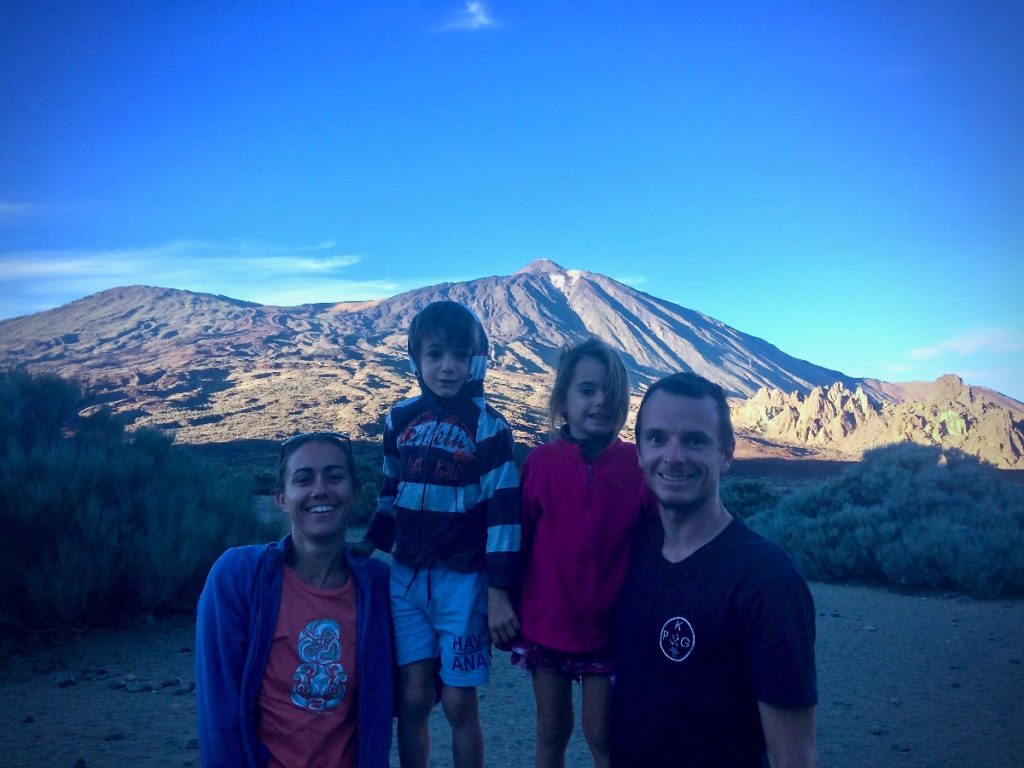
Teide, the biggest volcano on Tenerife island 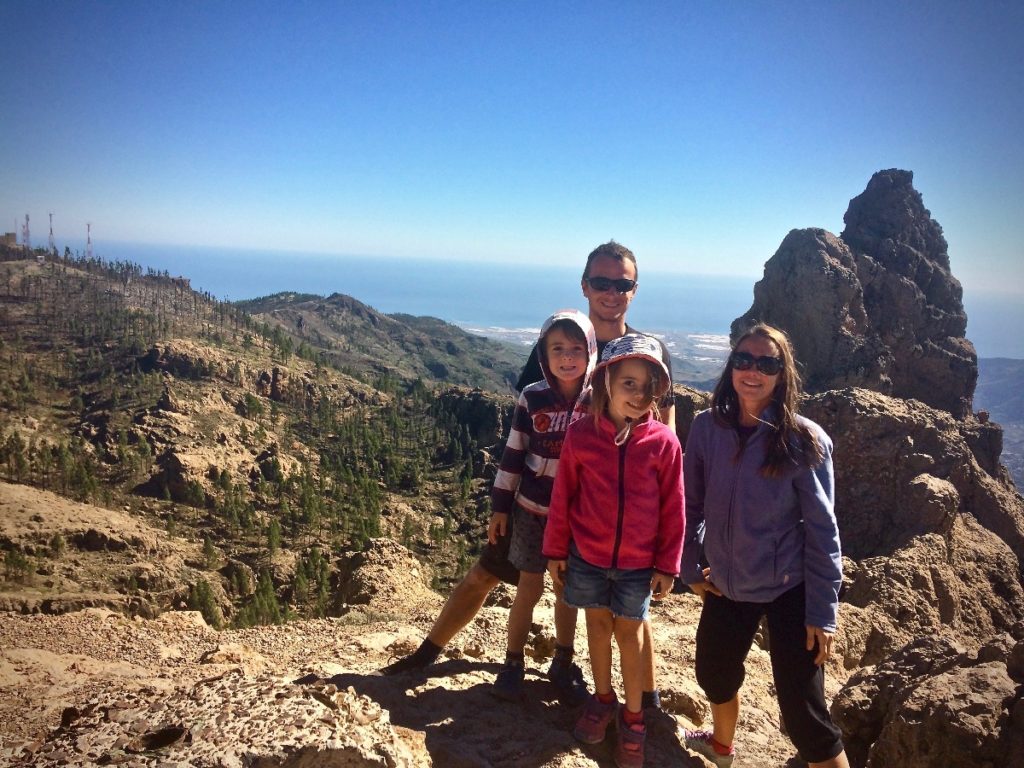
Another lookout to see the popular Roque Nuble 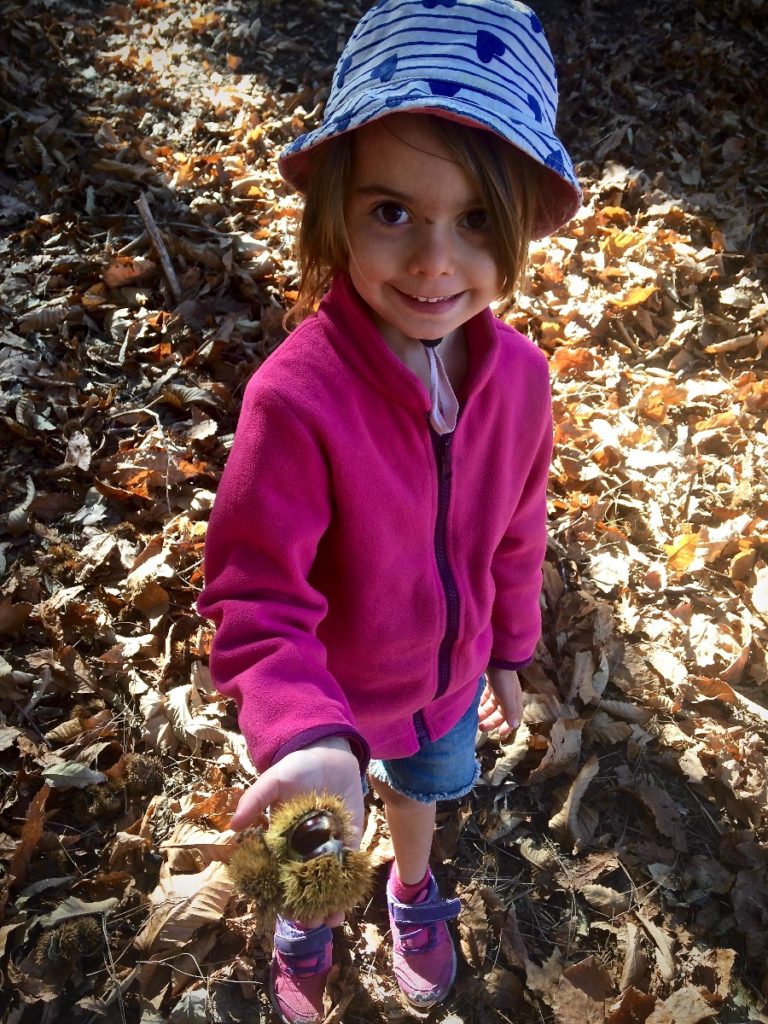
We even gathered some chestnuts that we cooked later on aboard 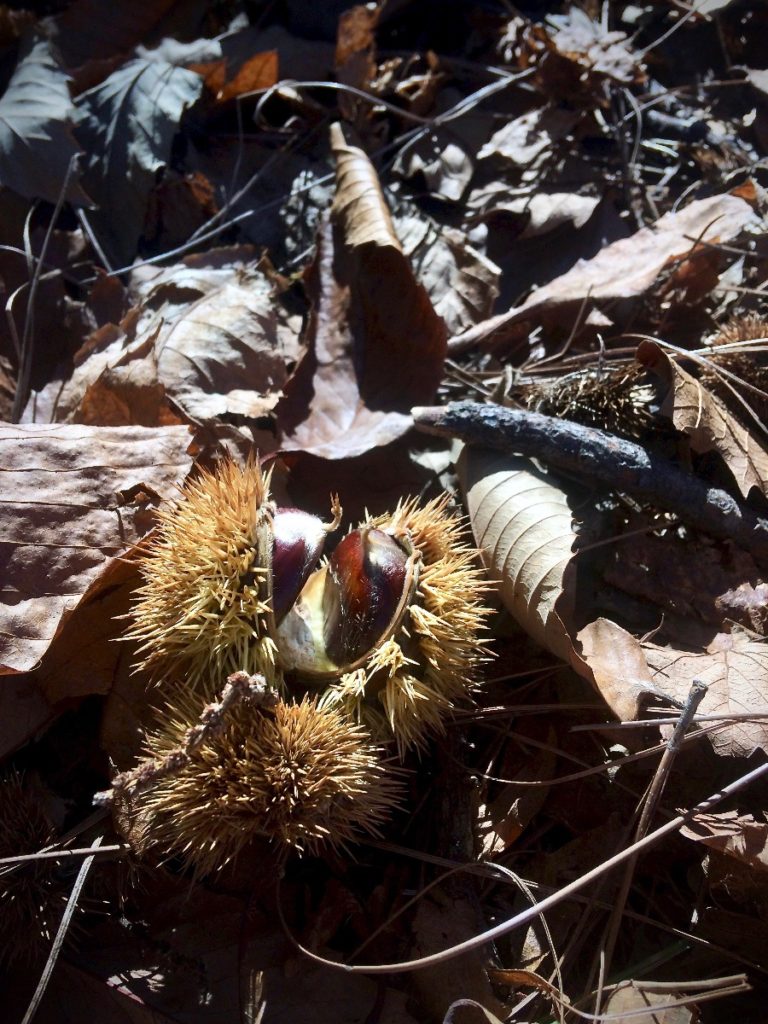
Lightly roasted in the oven, they taste so good! 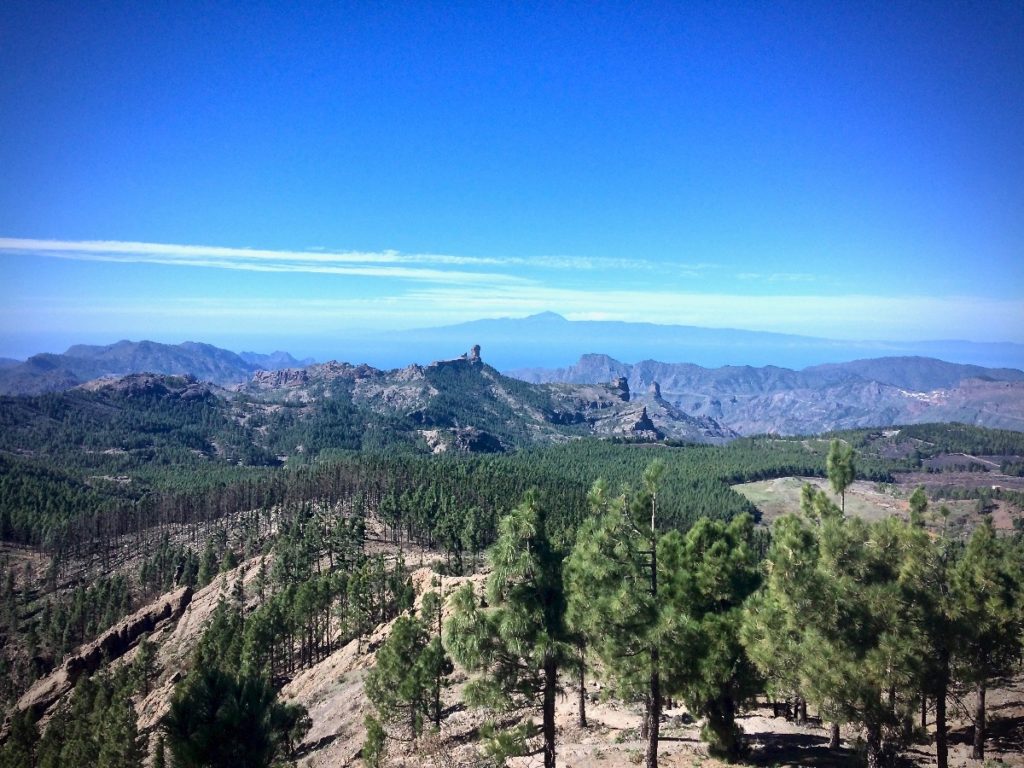
View of Roque Nublo, 1813m above sea level. 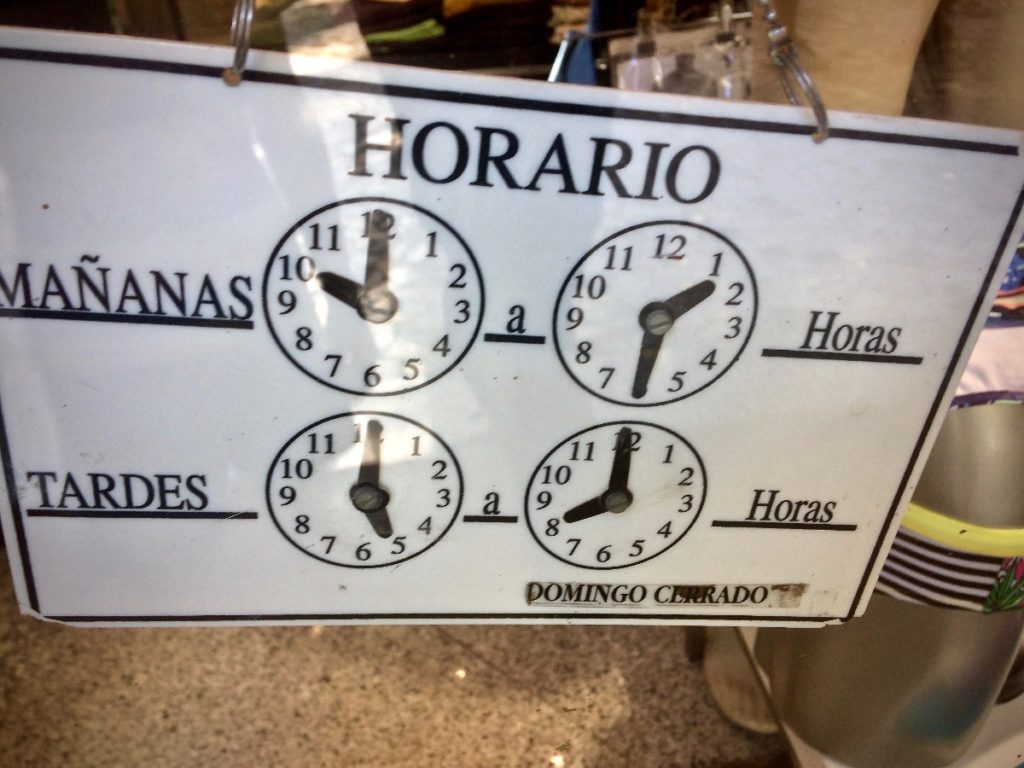
The work times here are based around the siesta. Most shops are closed between 1 pm and 5 pm but are open until 8 or 9 pm. 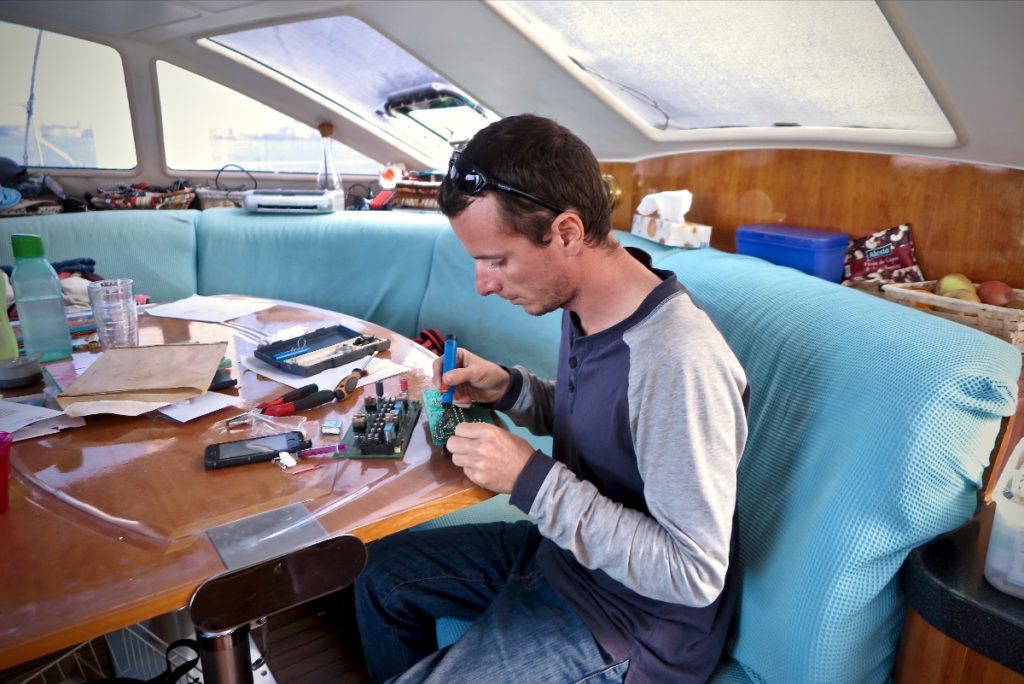
Electronic repairs 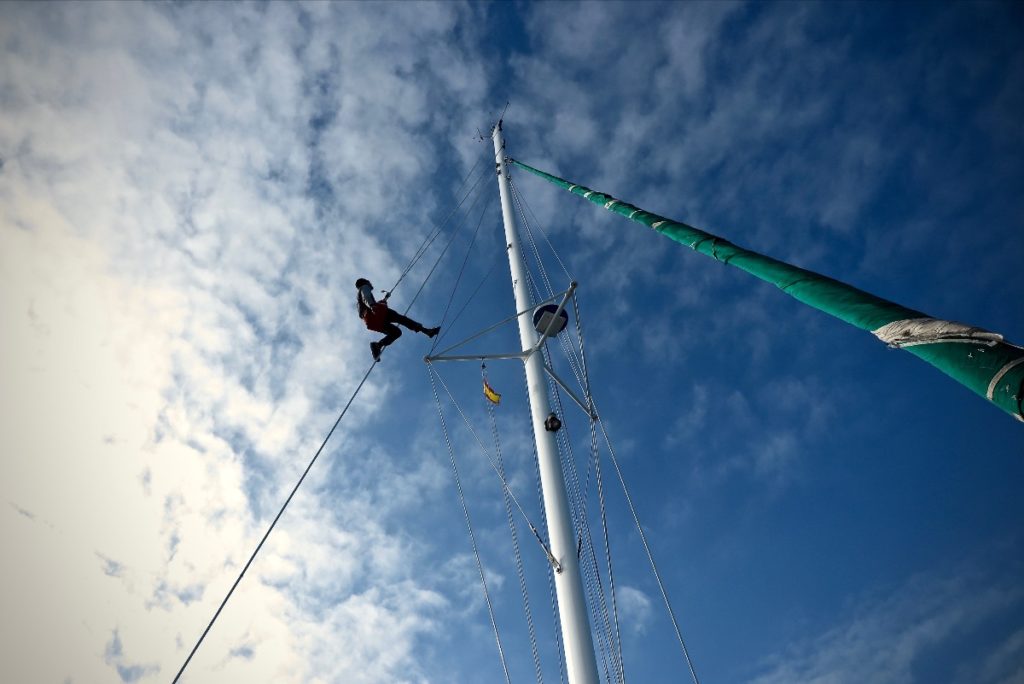
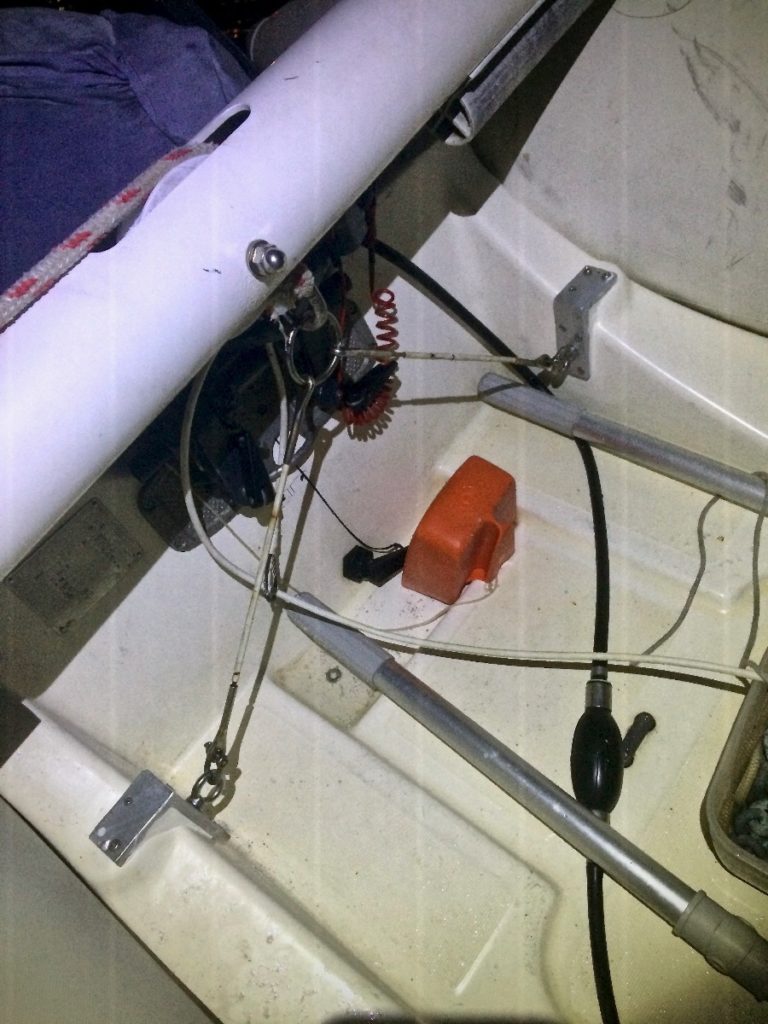
On our last couple days in the Canaries, before leaving to Cape Verde, we met up 8 other families sailing with kids.
Their boat names:
Profité, Kudeta, Kawann, Mamarossa, Galaxy II, Williwaw, Cat et Terre and Eleonore.
Everyone has a different plan, some are similar to ours so we might meet up again soon.

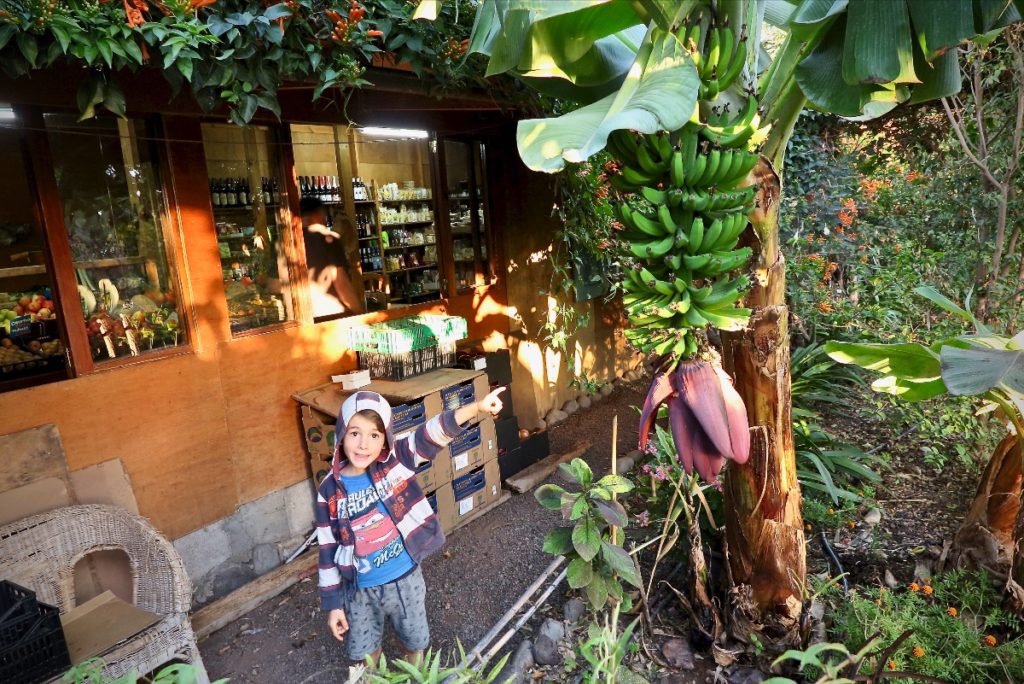
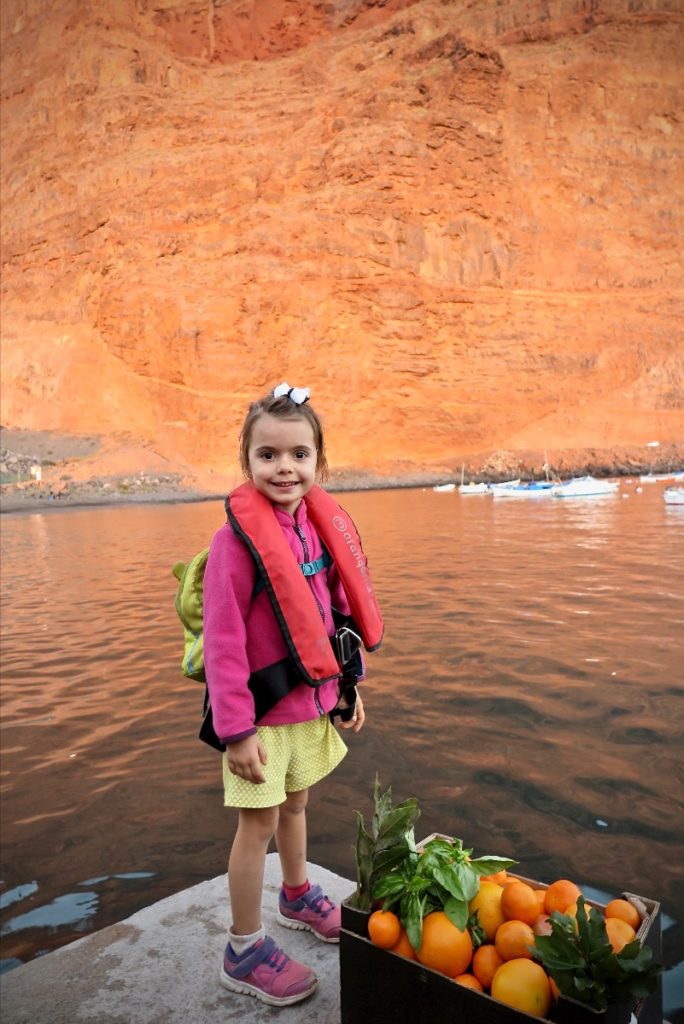
Upcoming events
We sail to Cape Verde, meet some amazing locals, cross the Atlantic, the toilet system needs some maintenance, get ready for Christmas and we caught some tuna. Not necessarily in that order 🙂
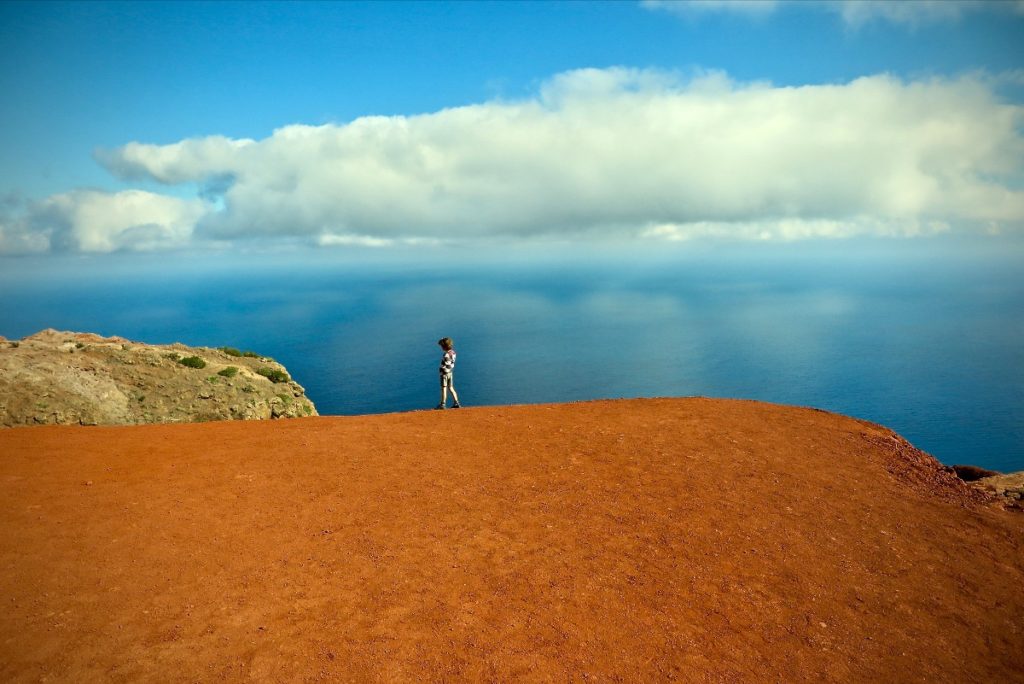
We hope you enjoyed this newsletter as much as we had fun making this chocolate mousse.
We will be preparing another one for sure but you will need to be patient as we require good internet and some free time.
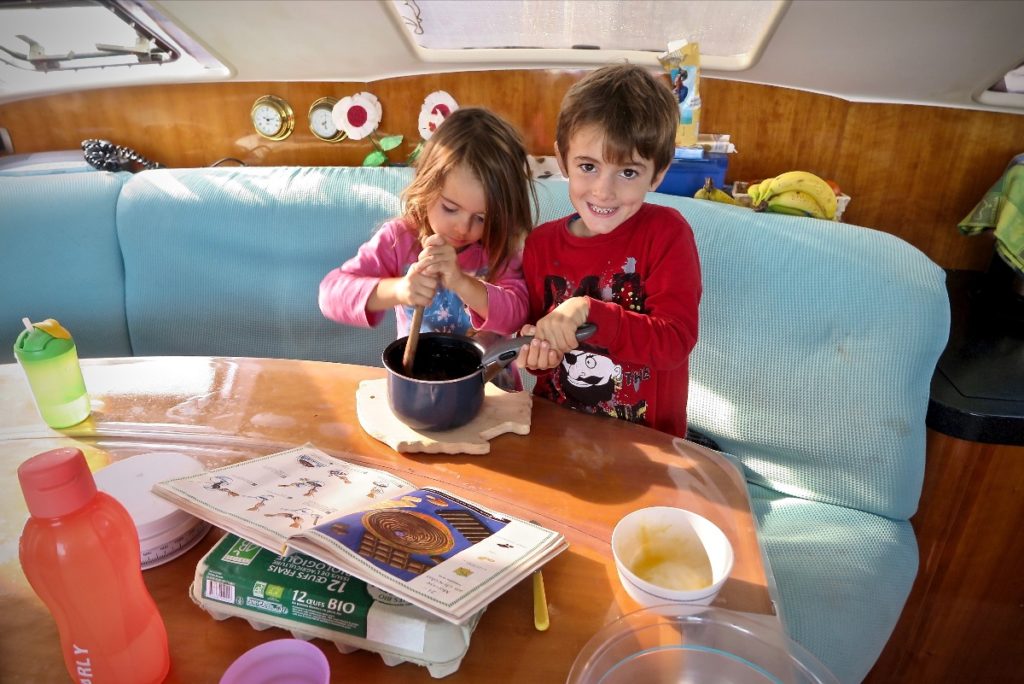

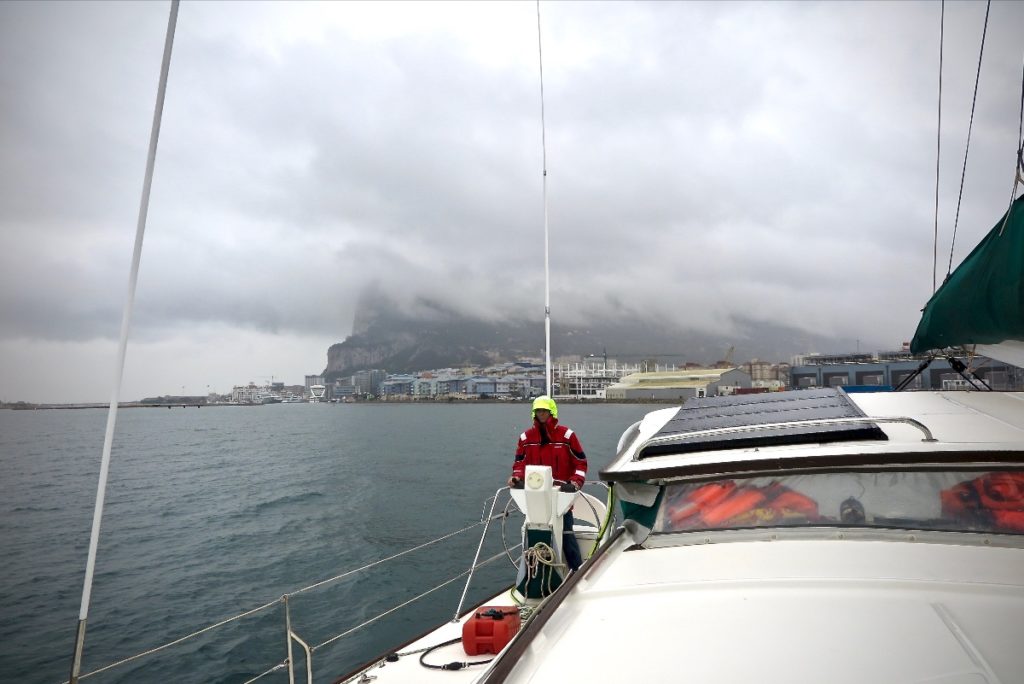

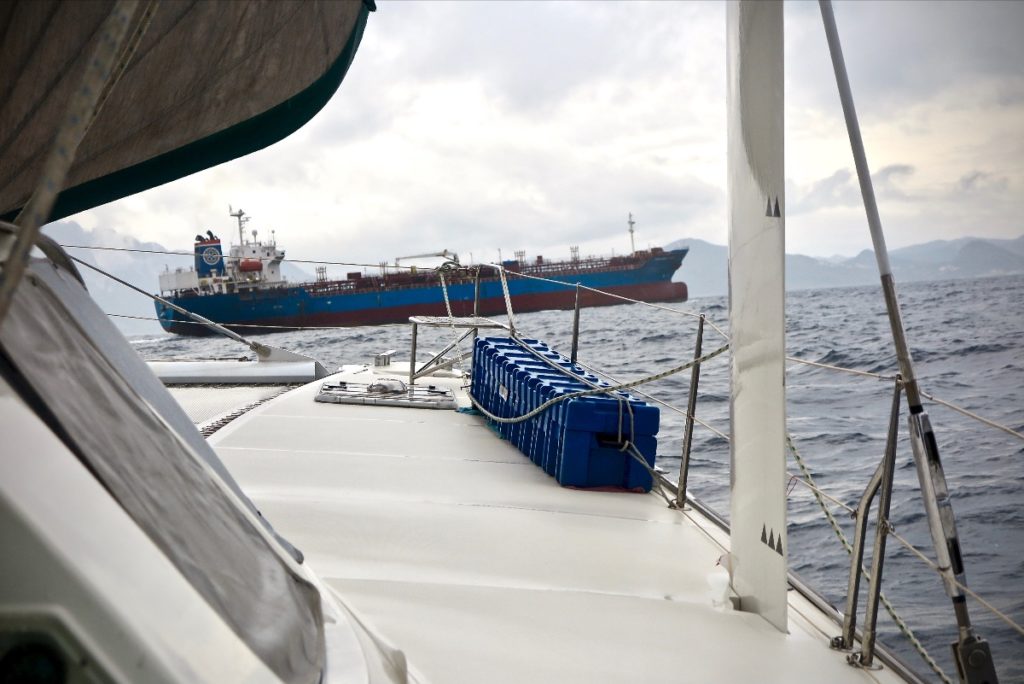
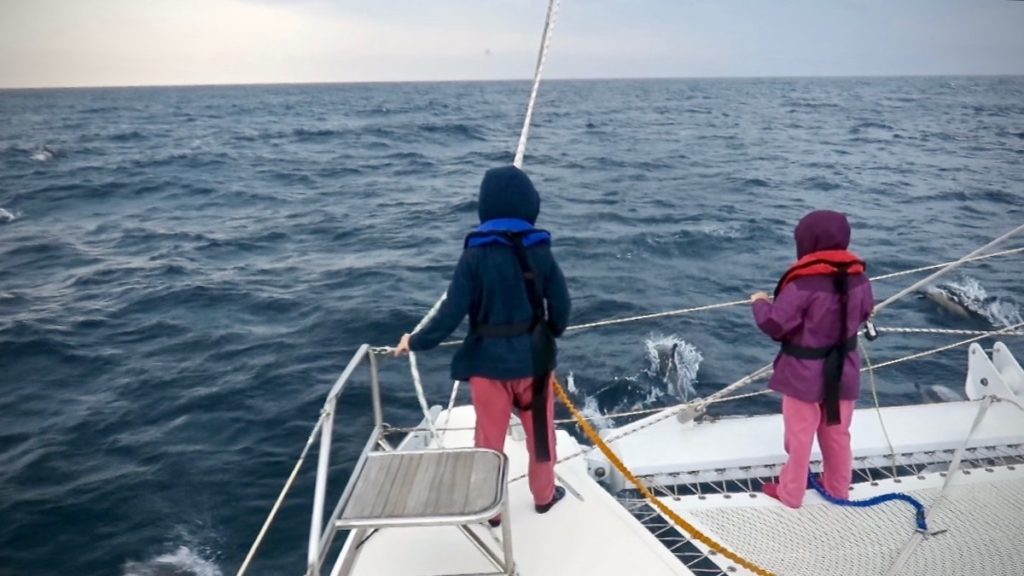
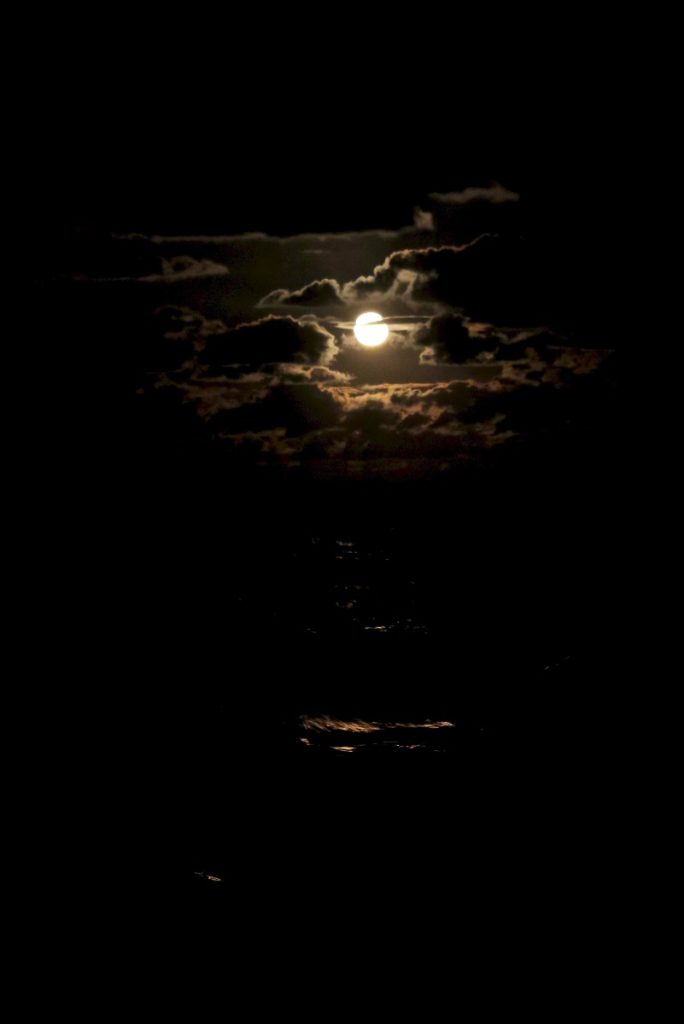
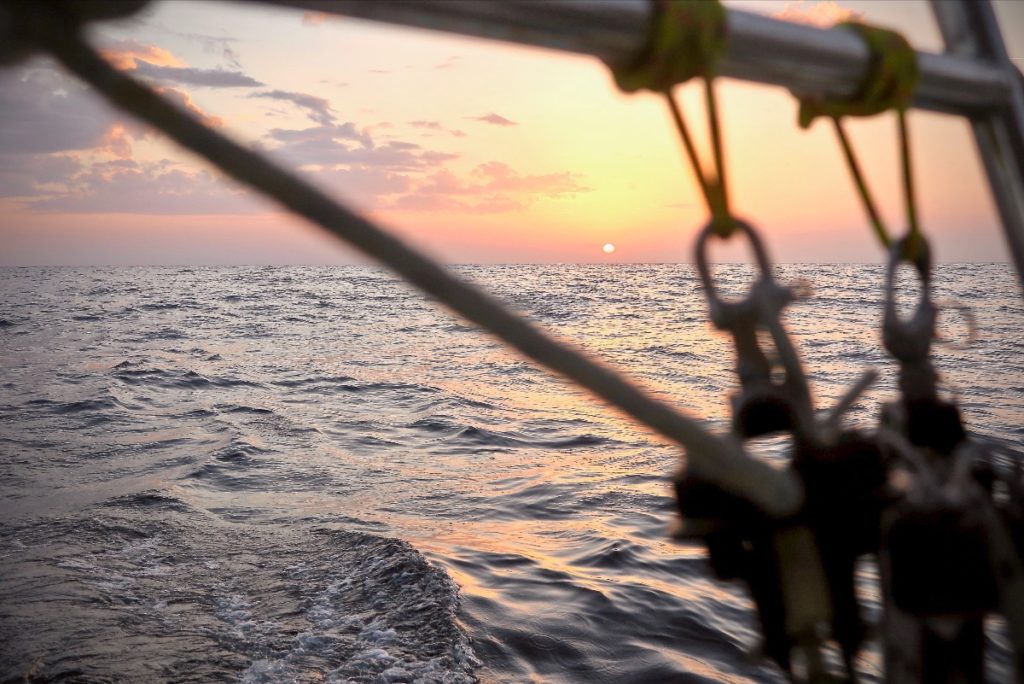
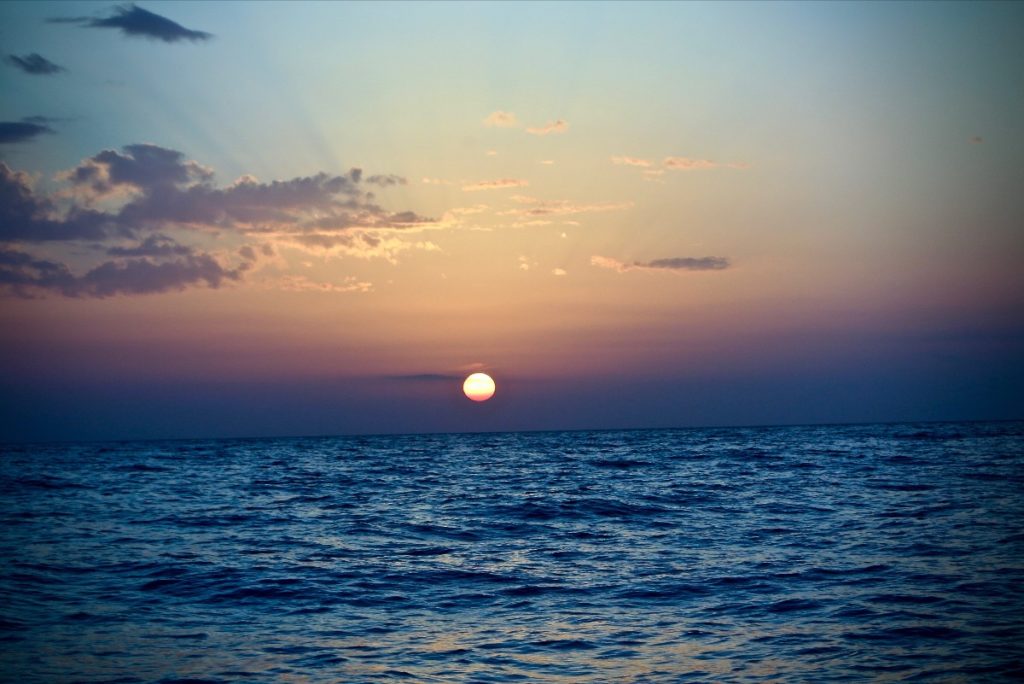
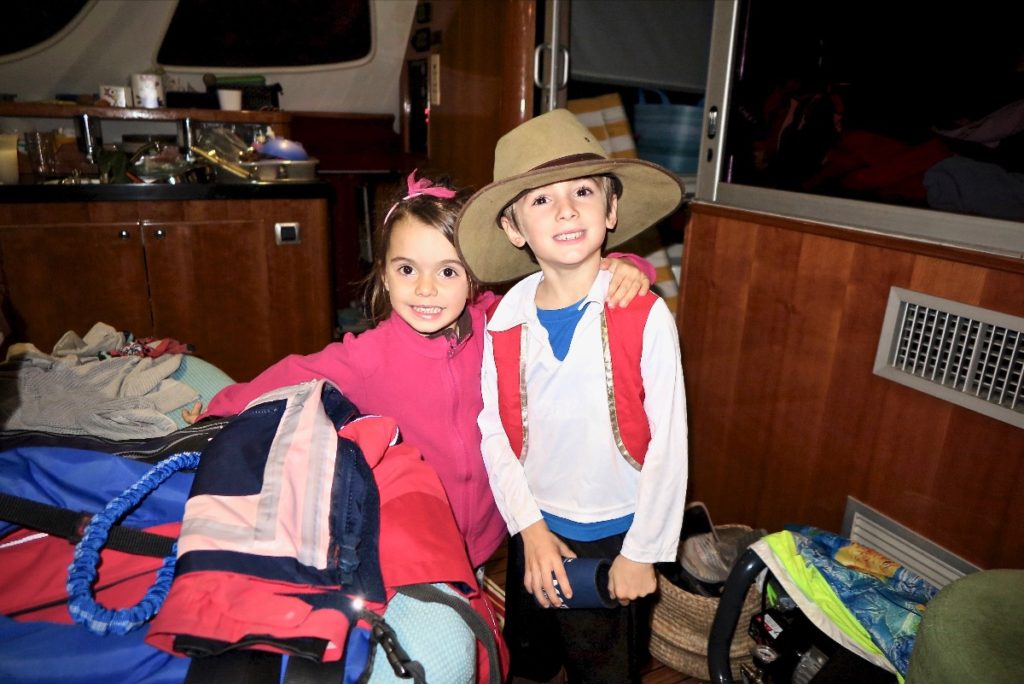

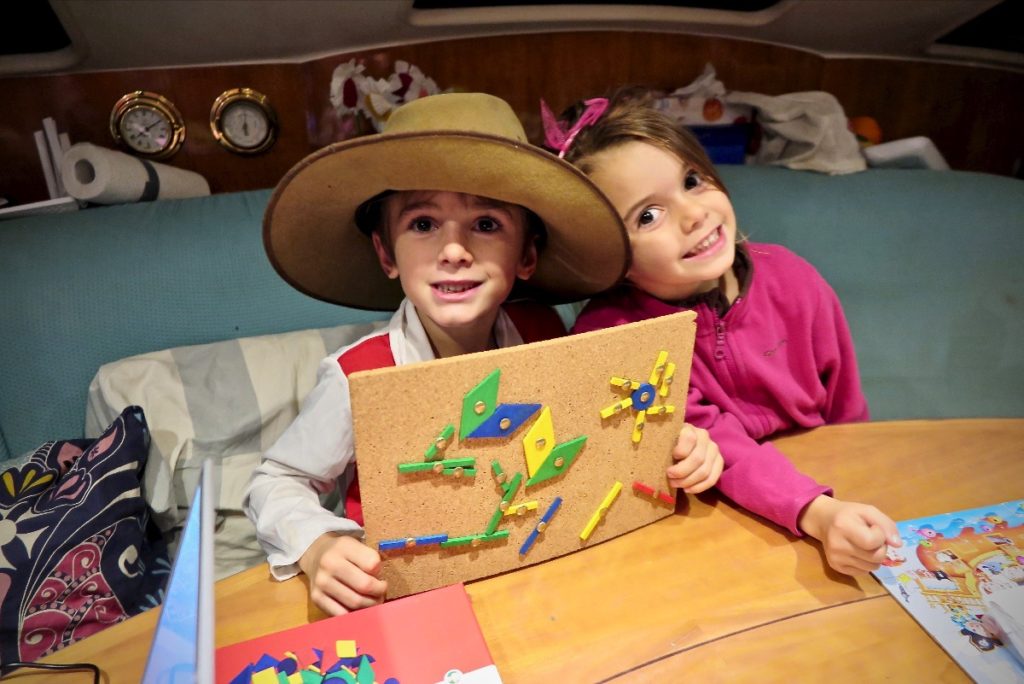
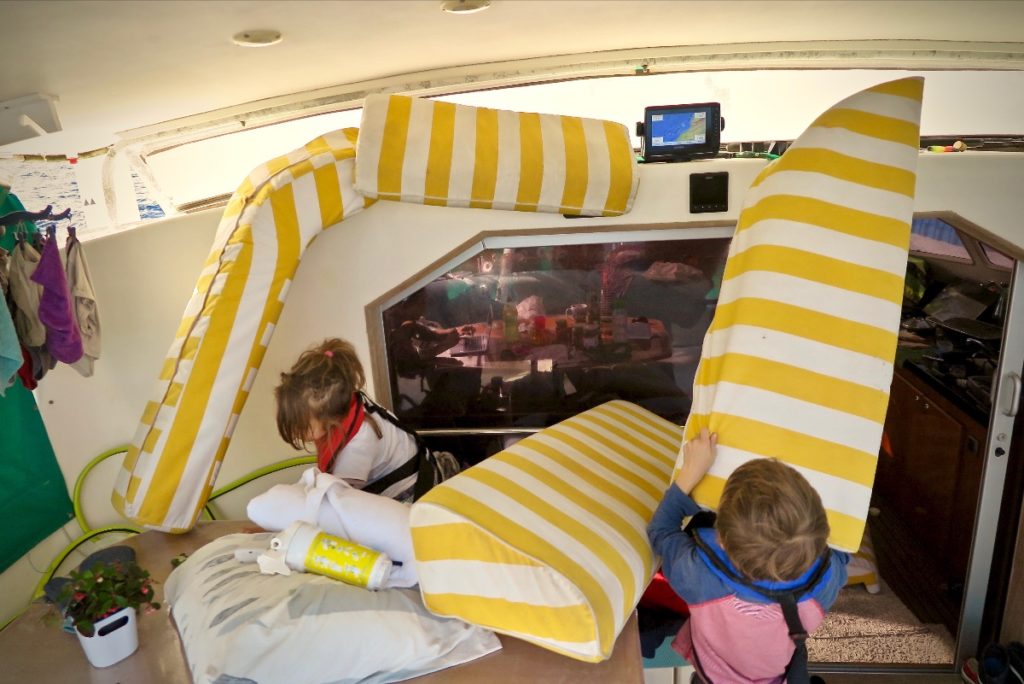
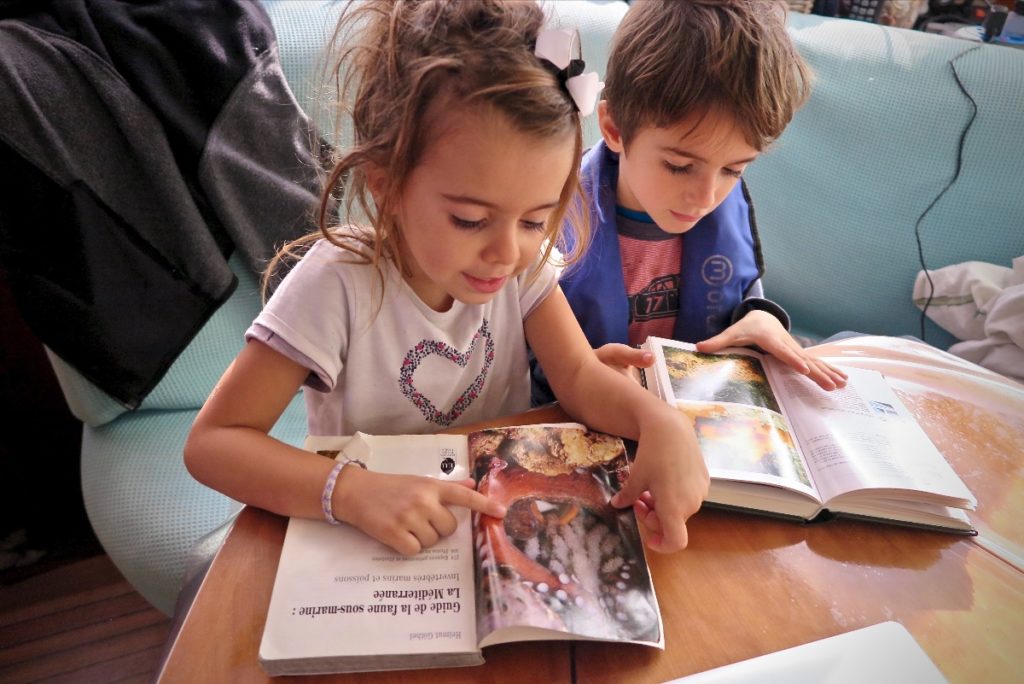

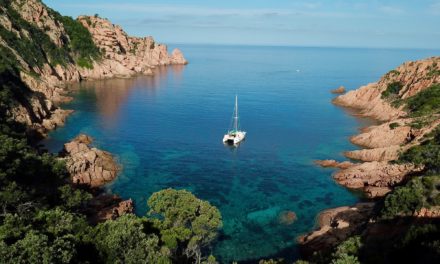
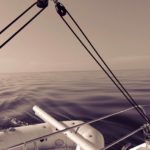
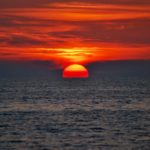
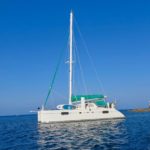
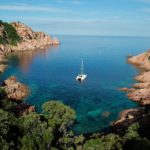
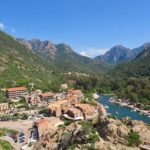
Comments